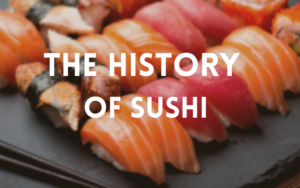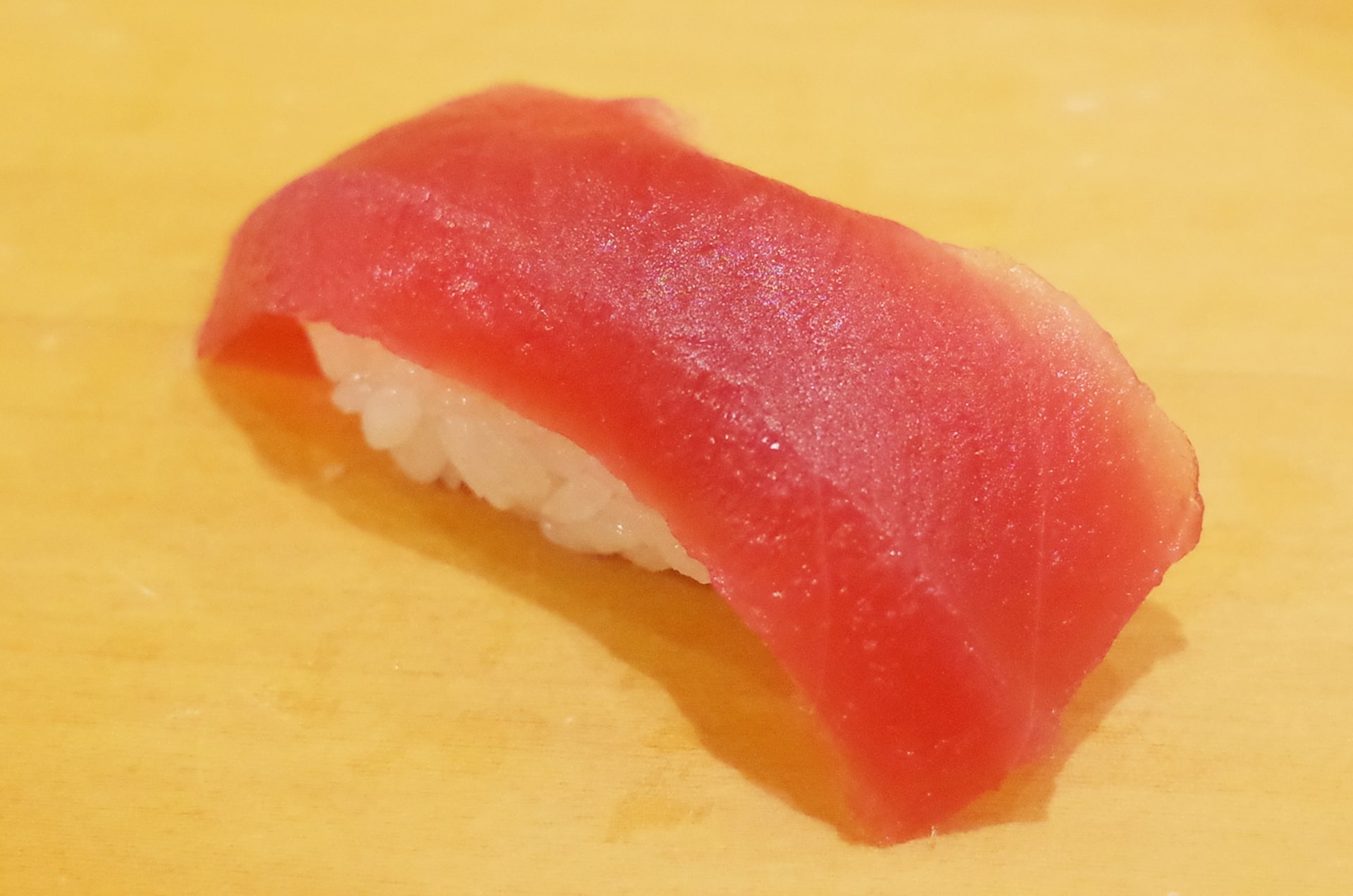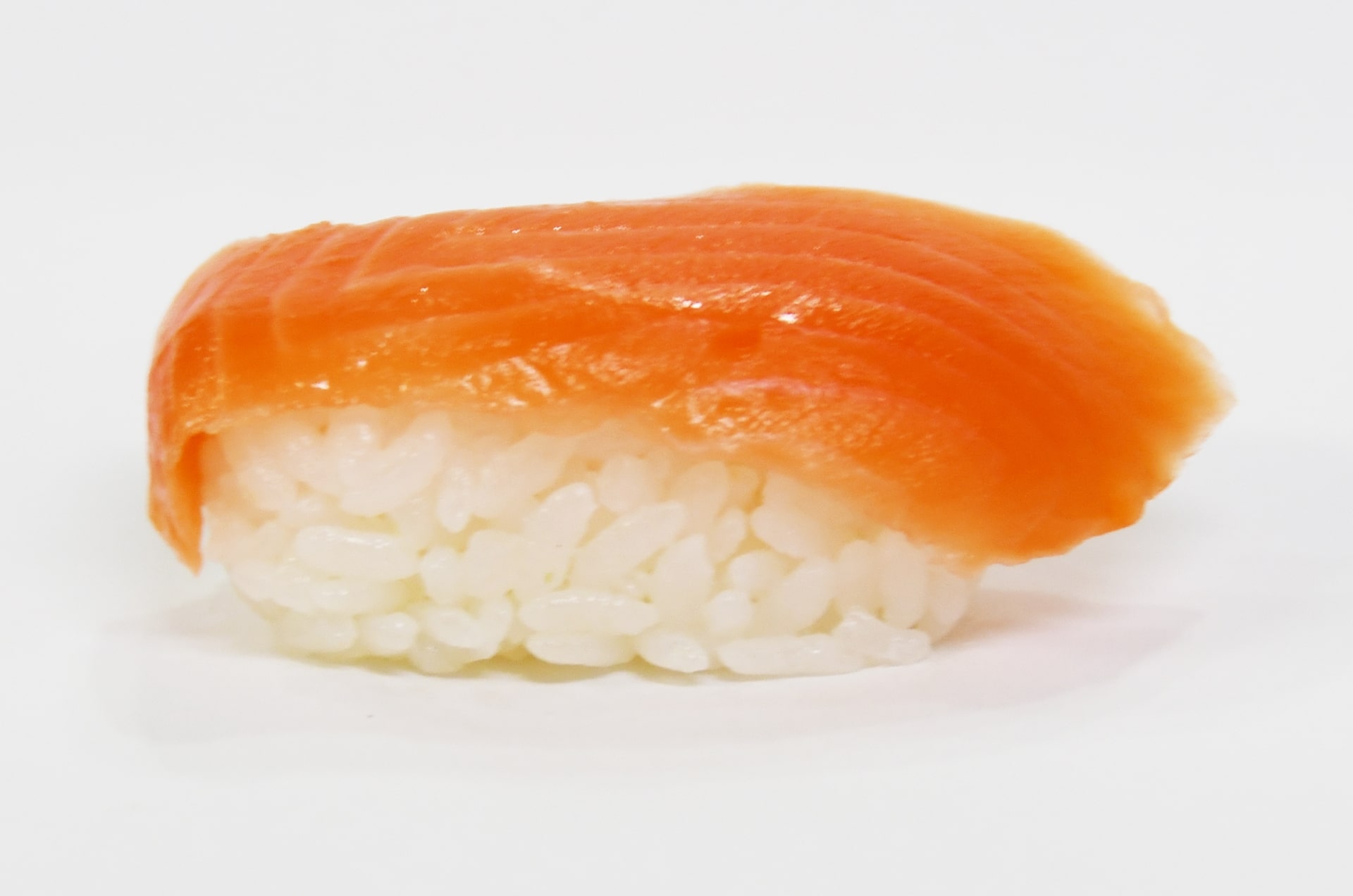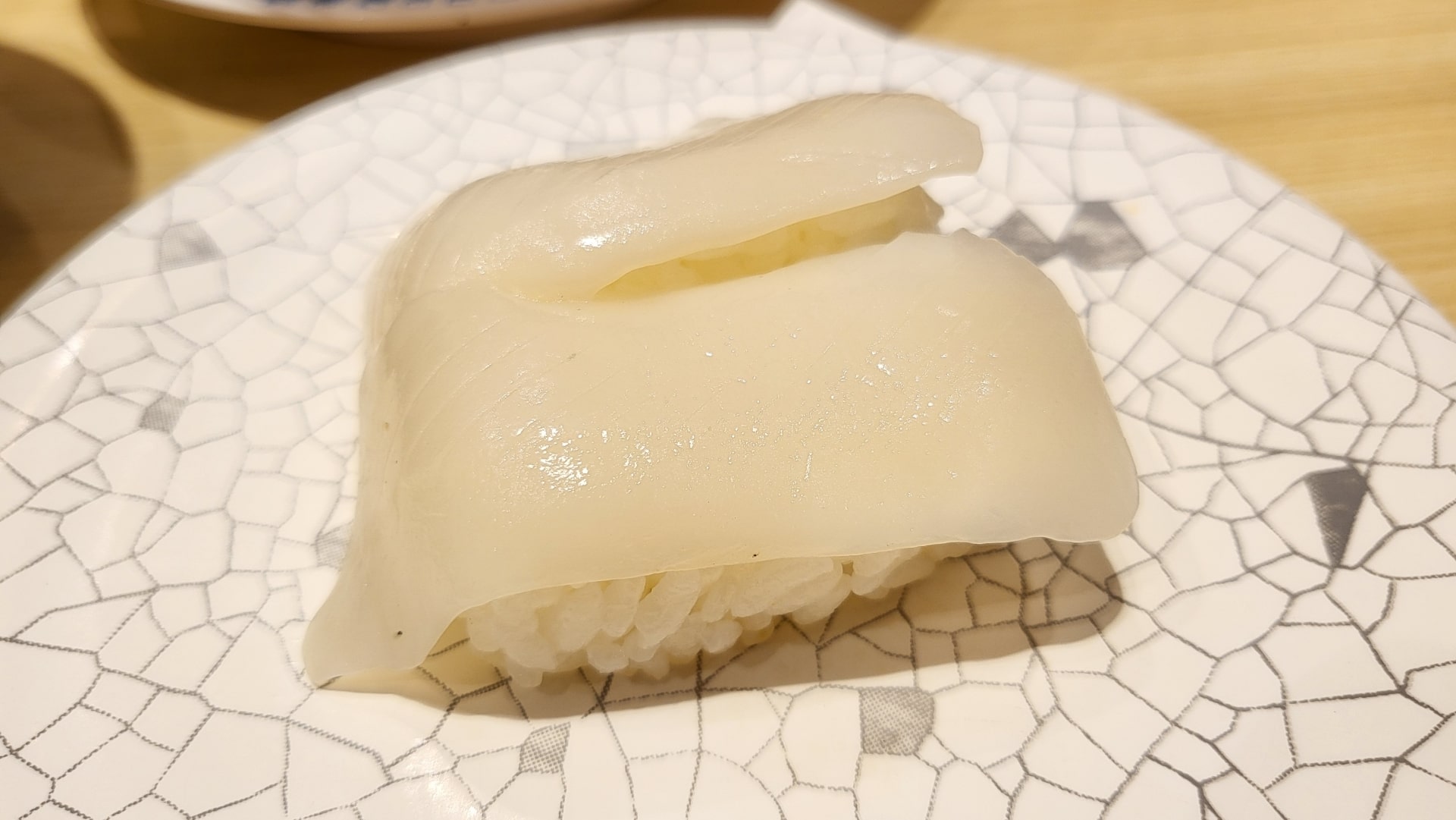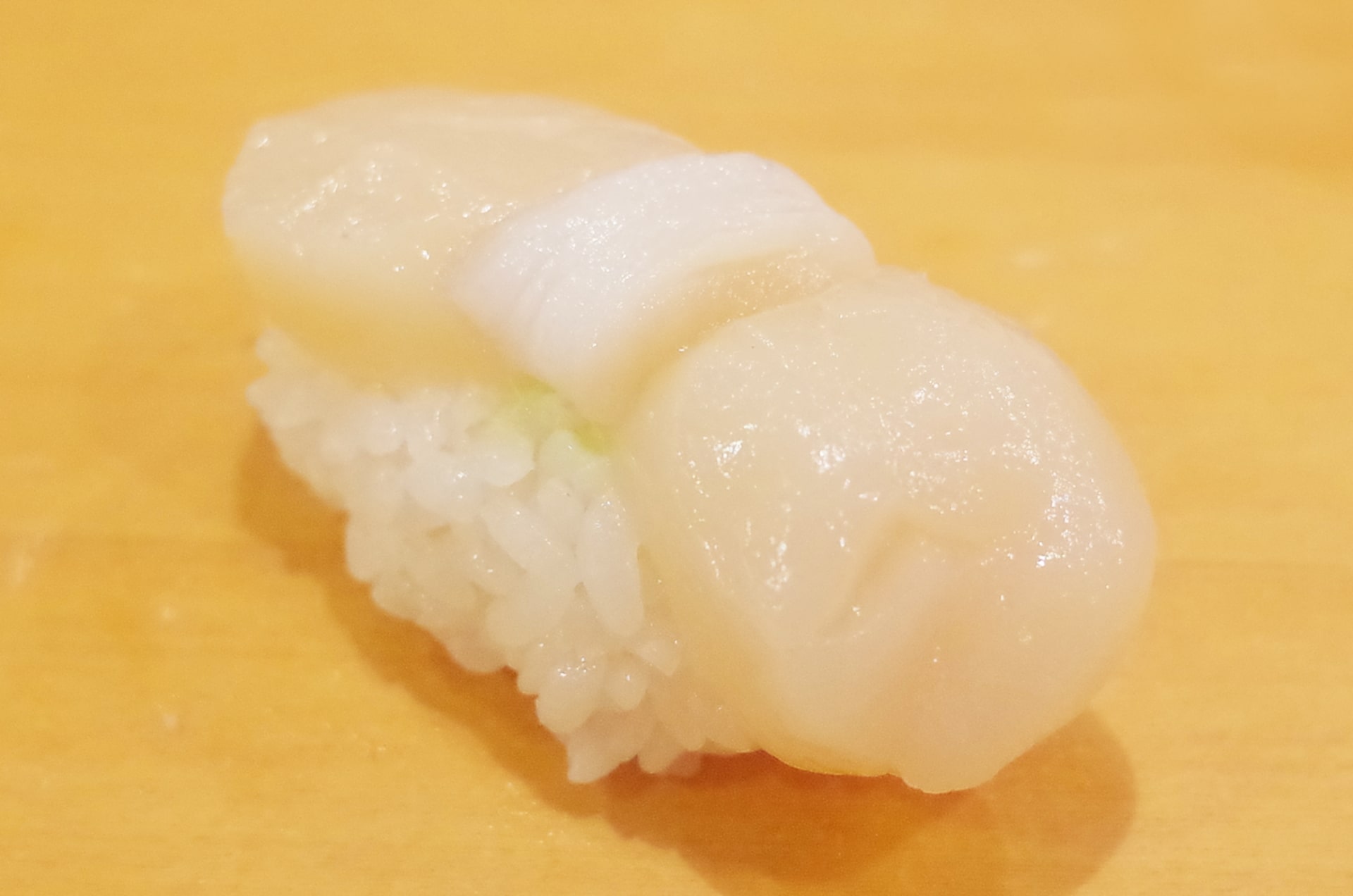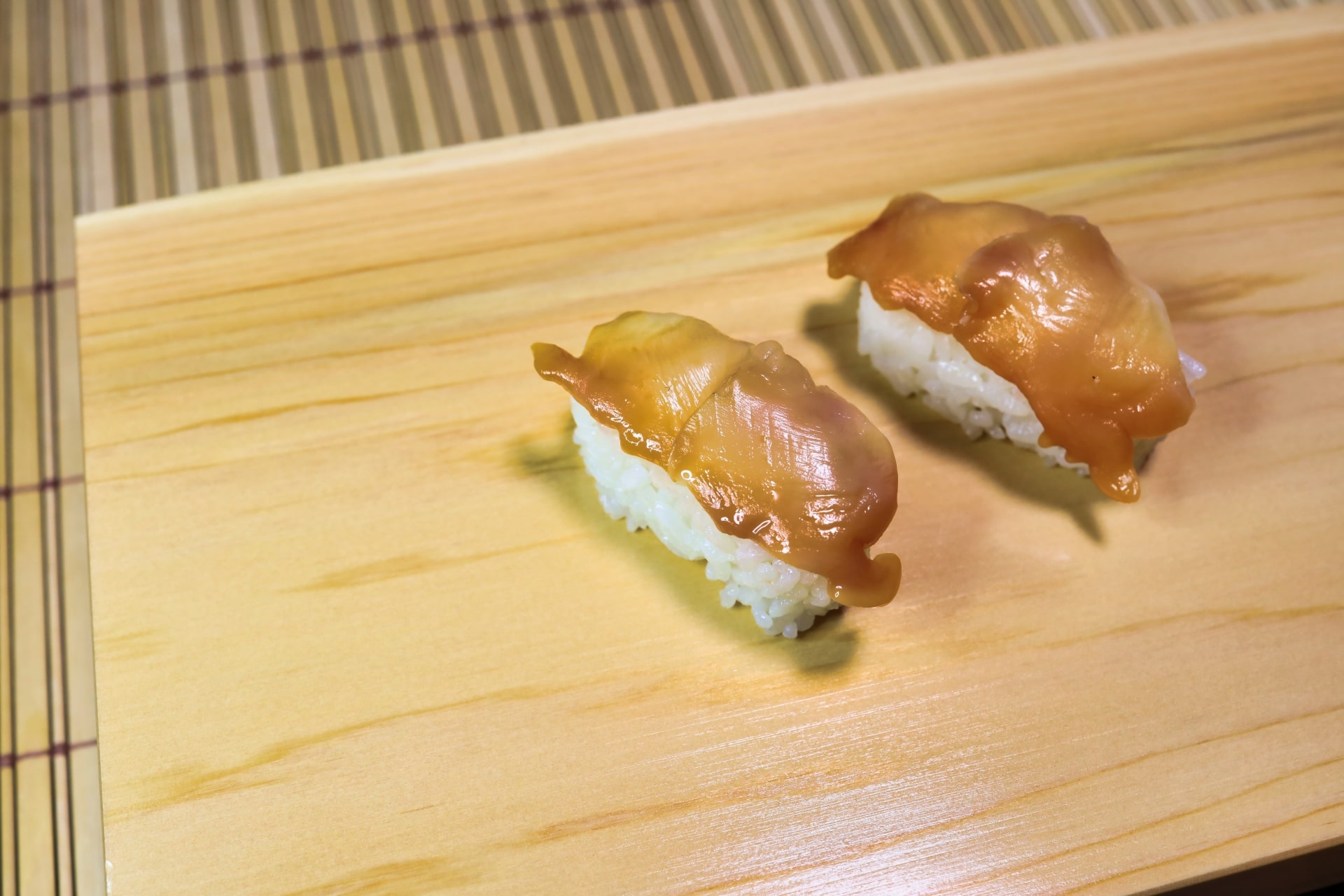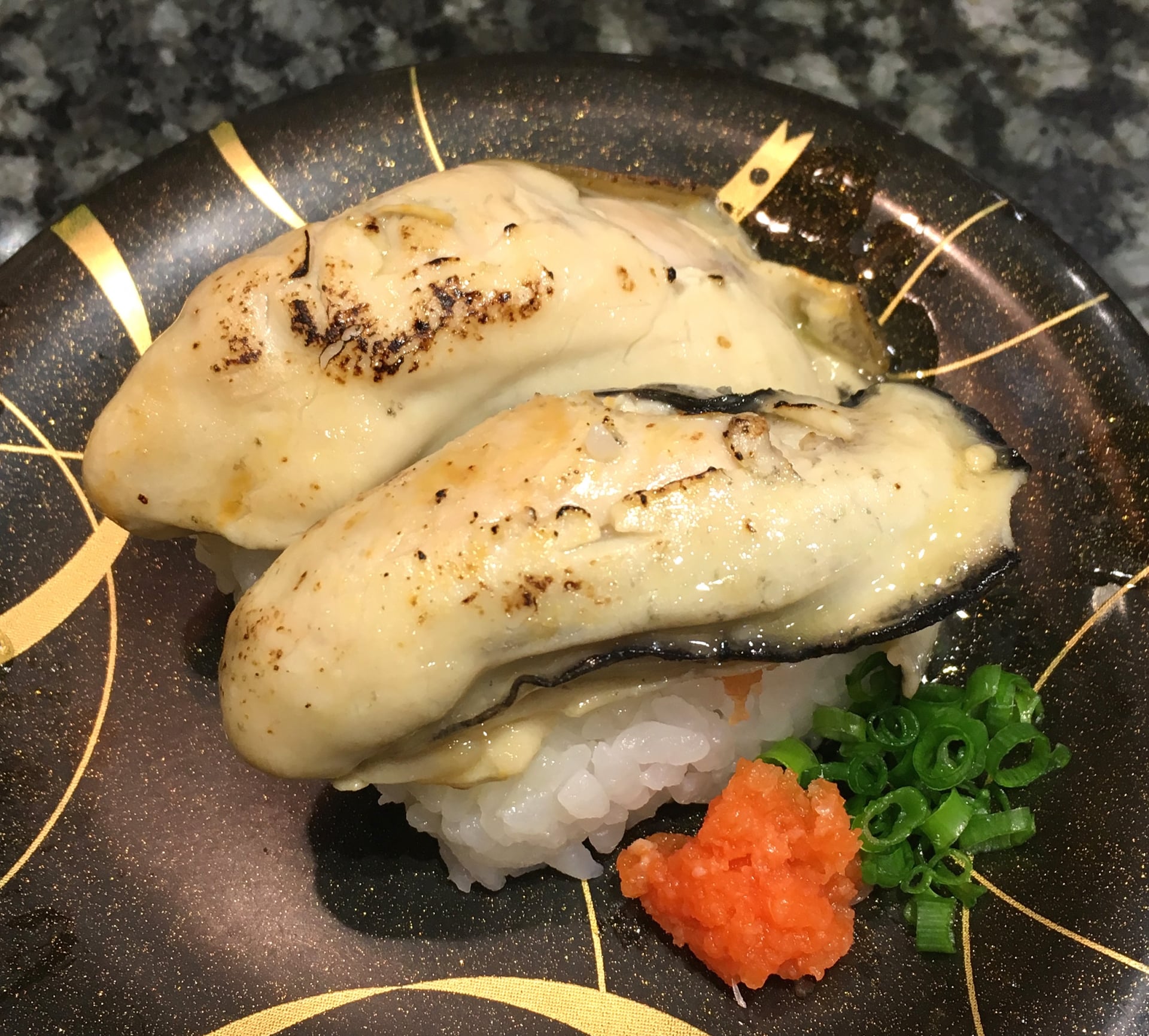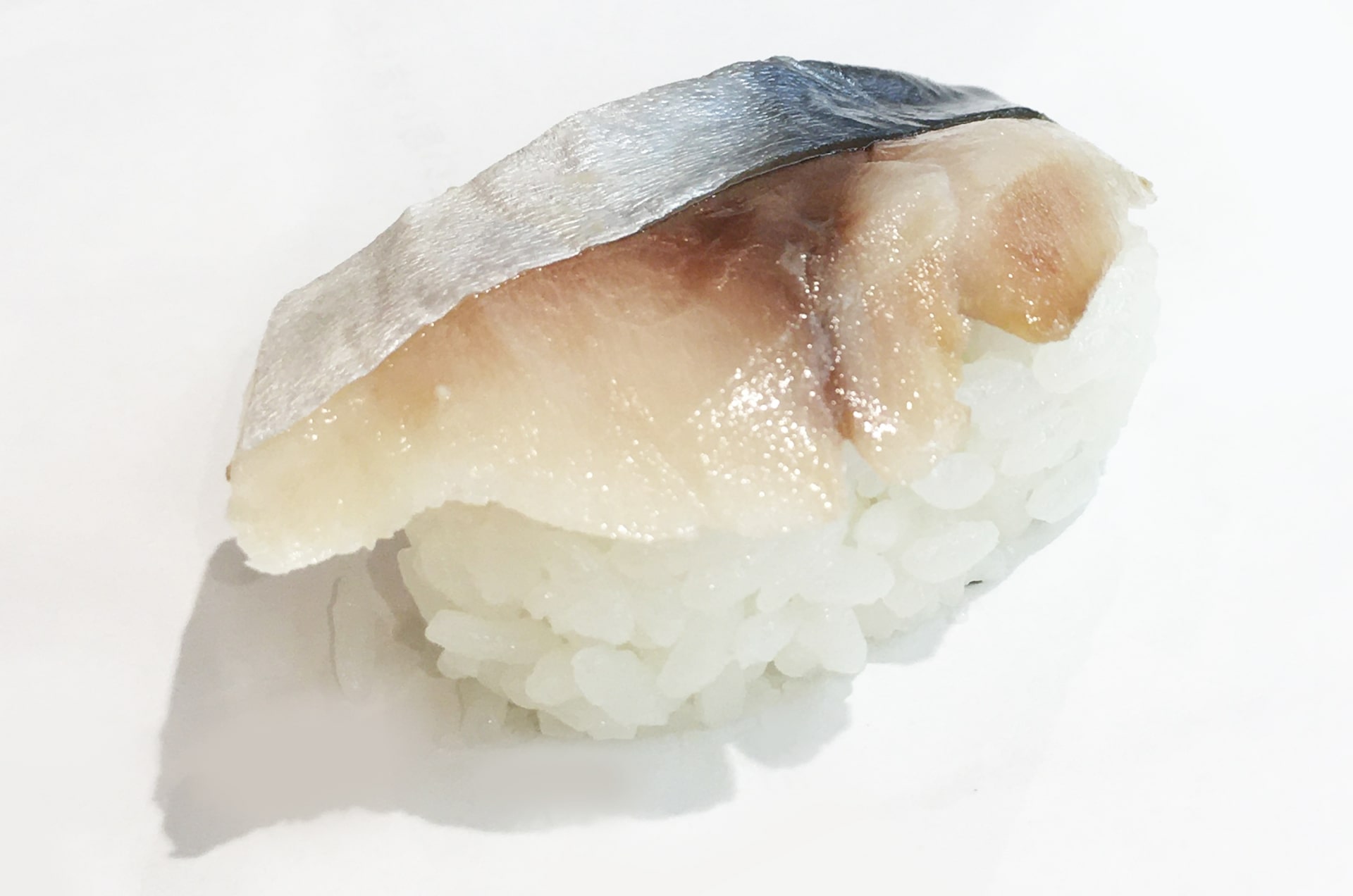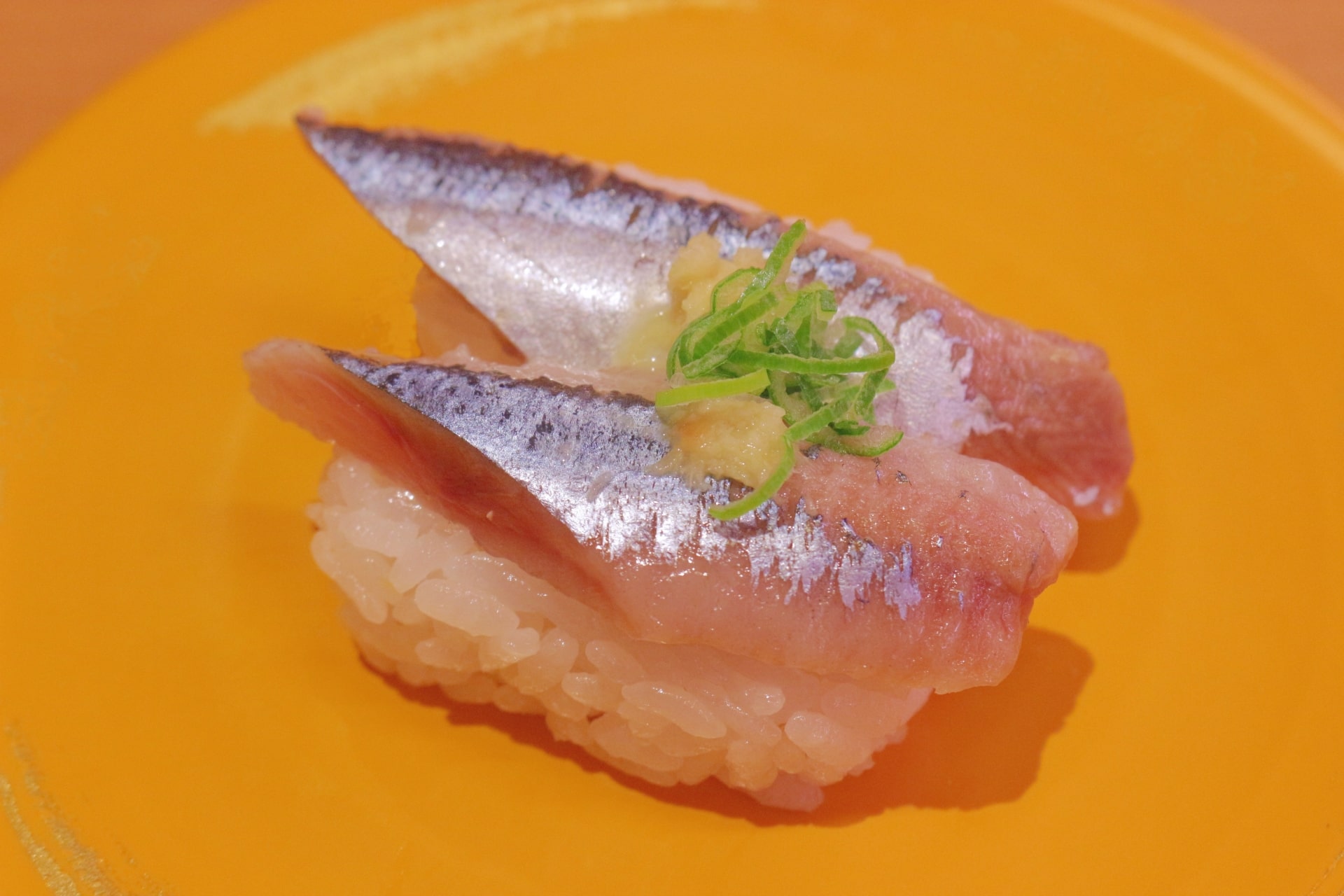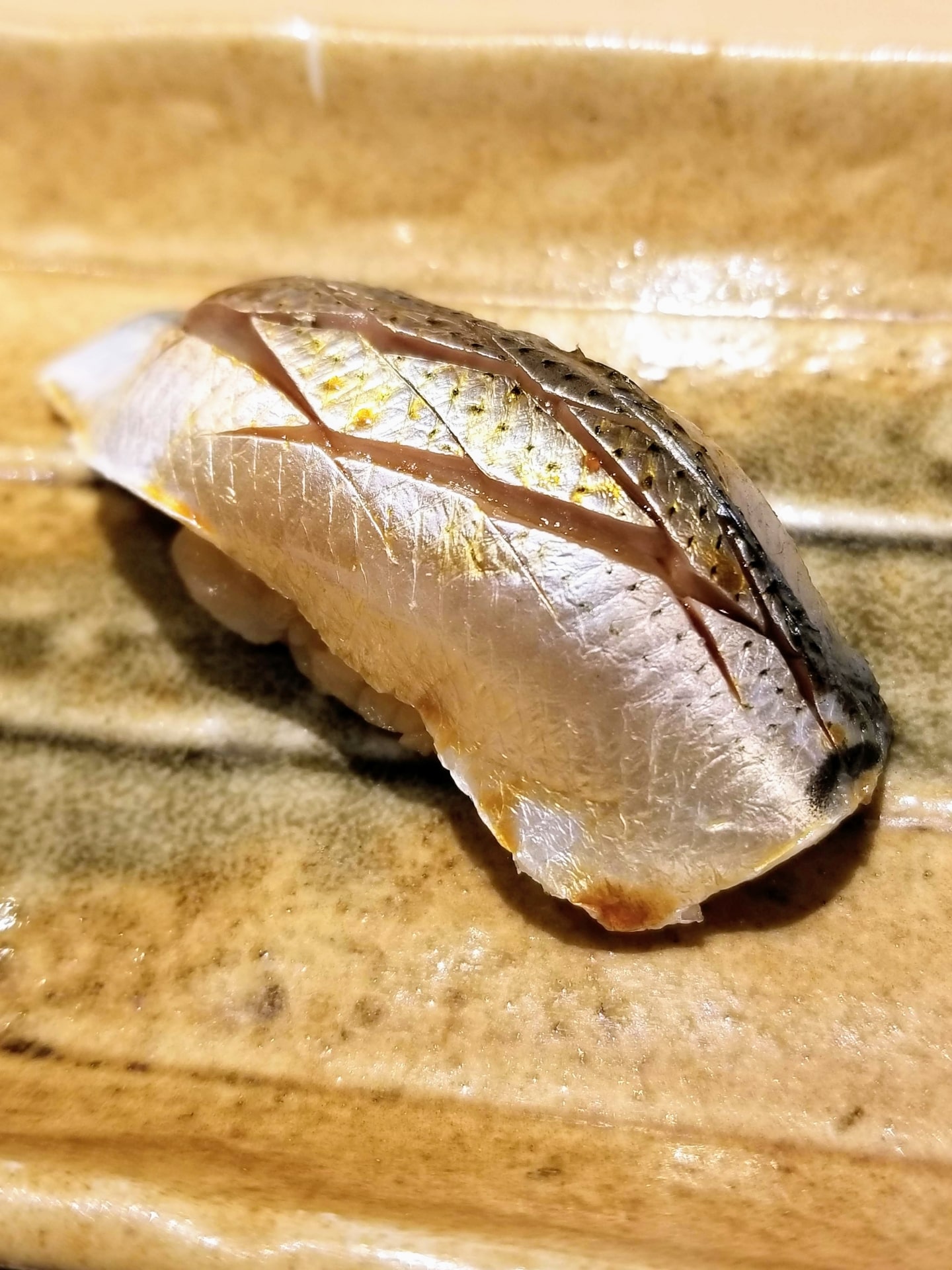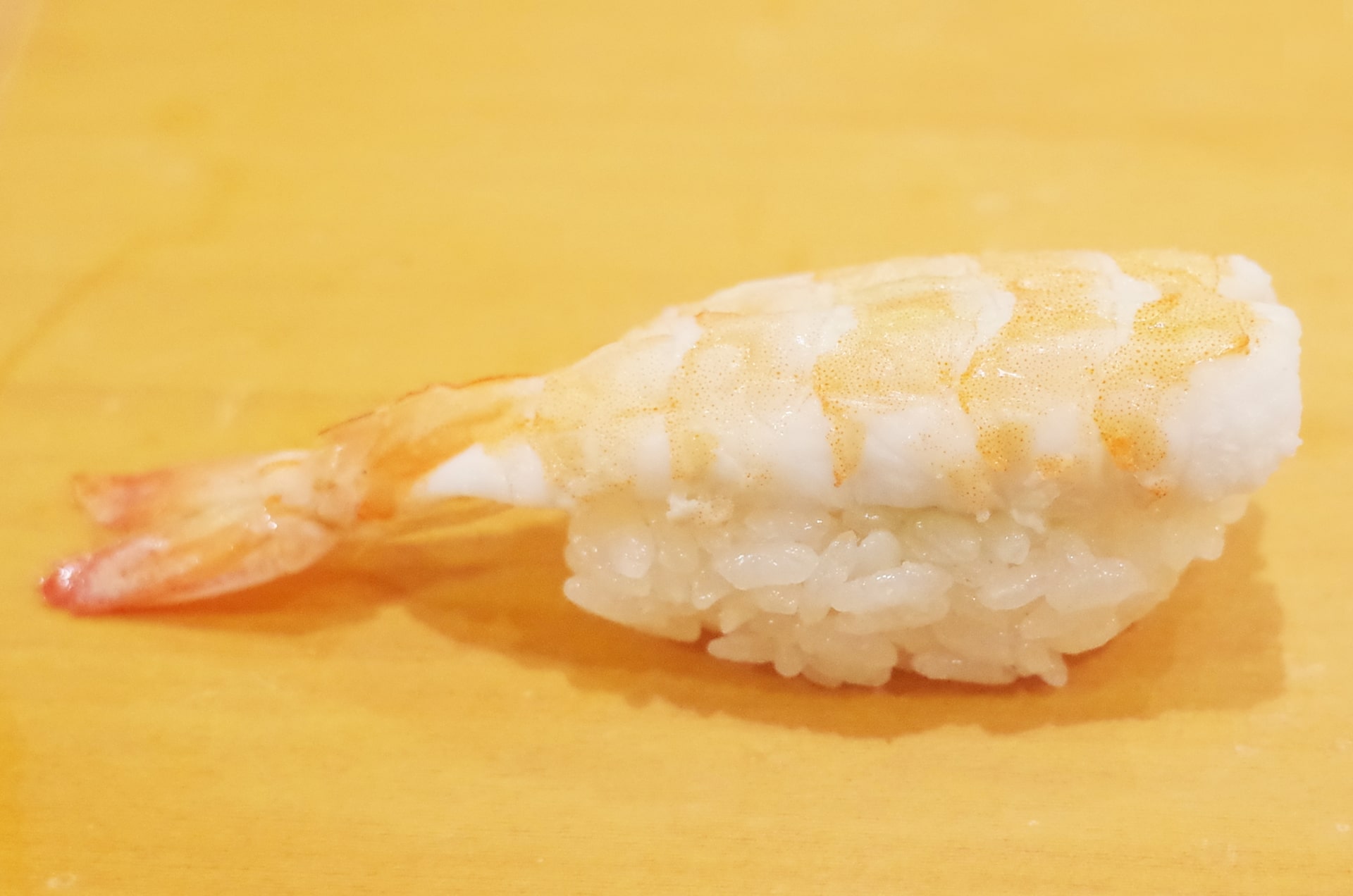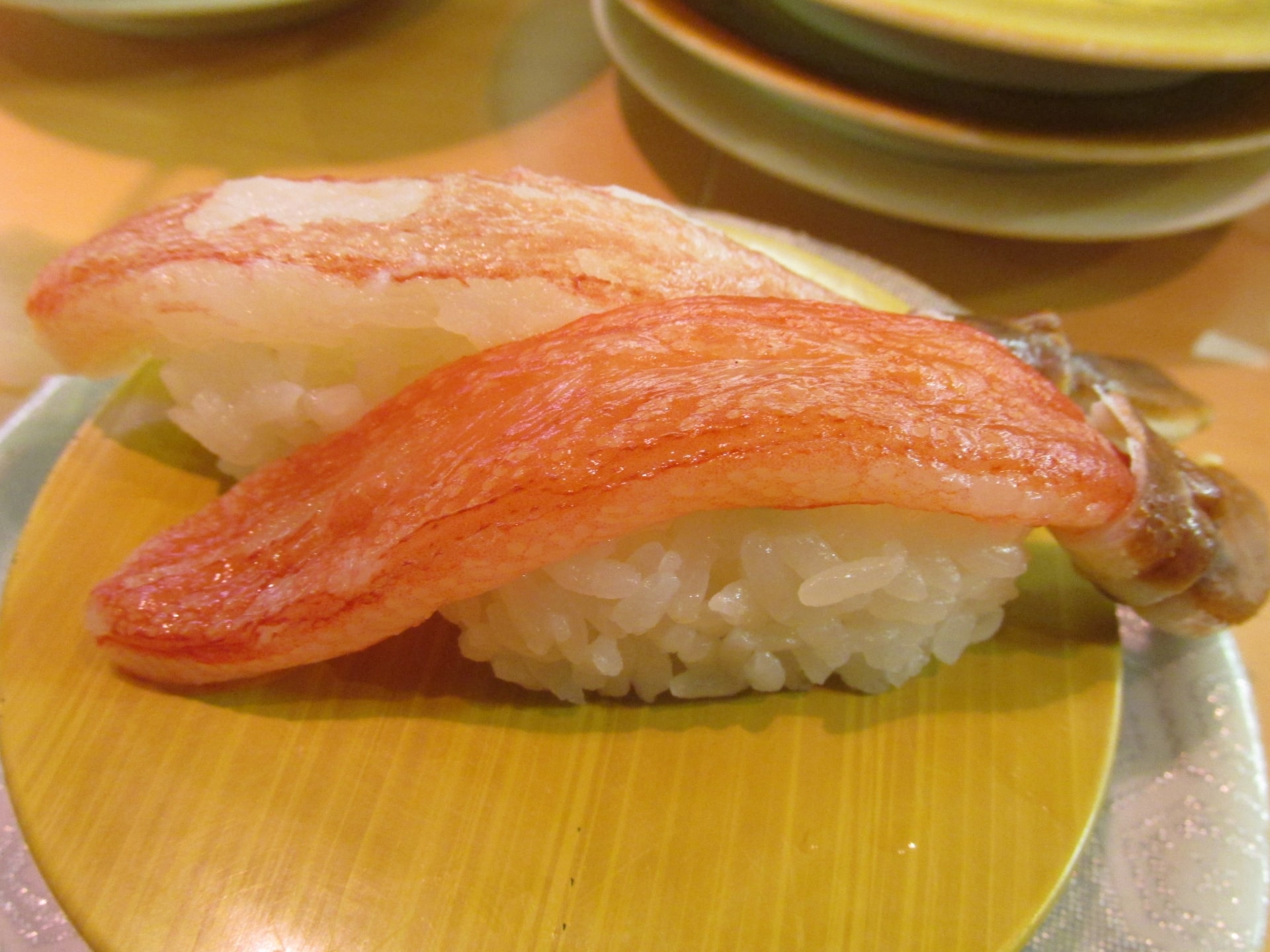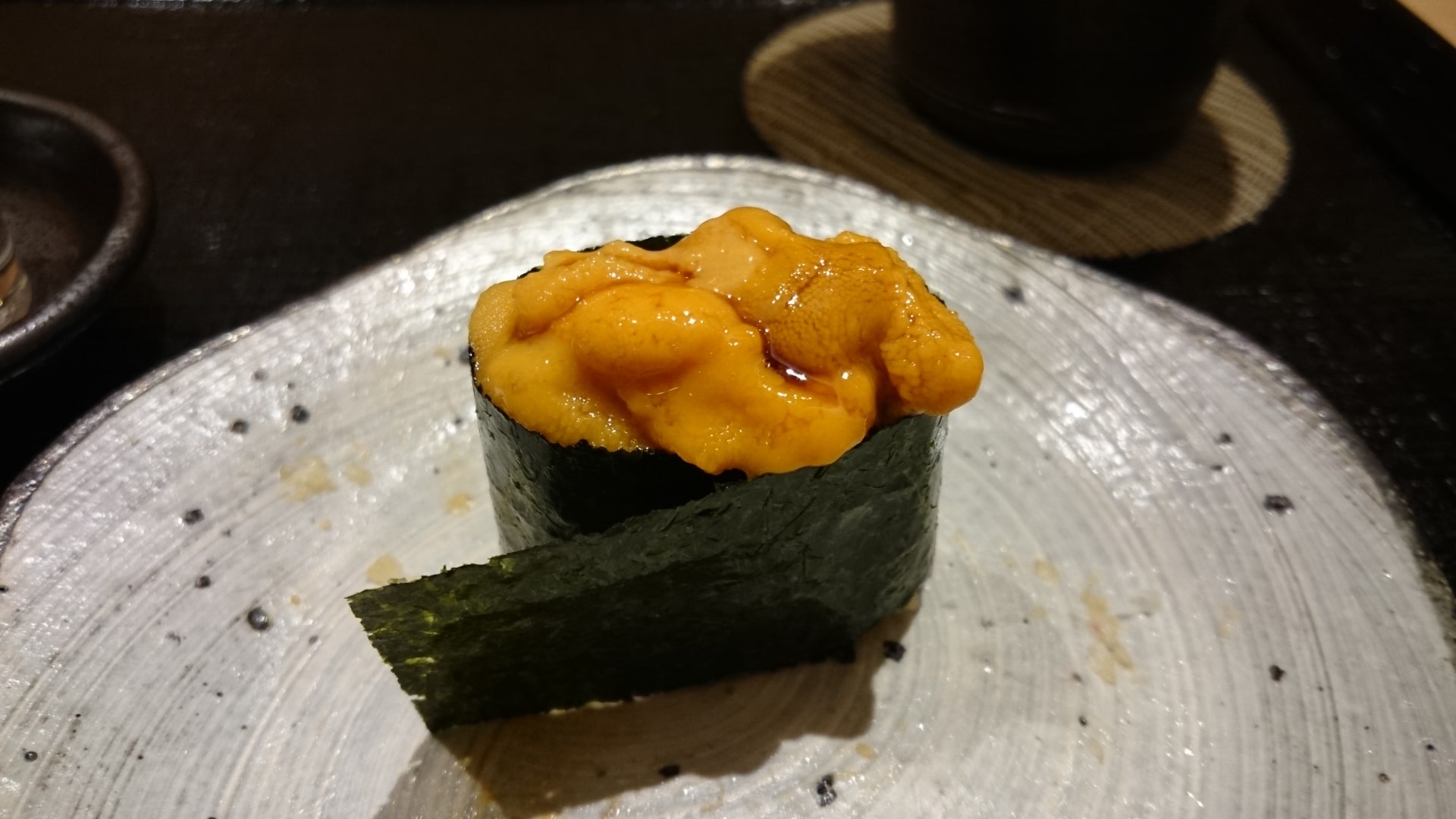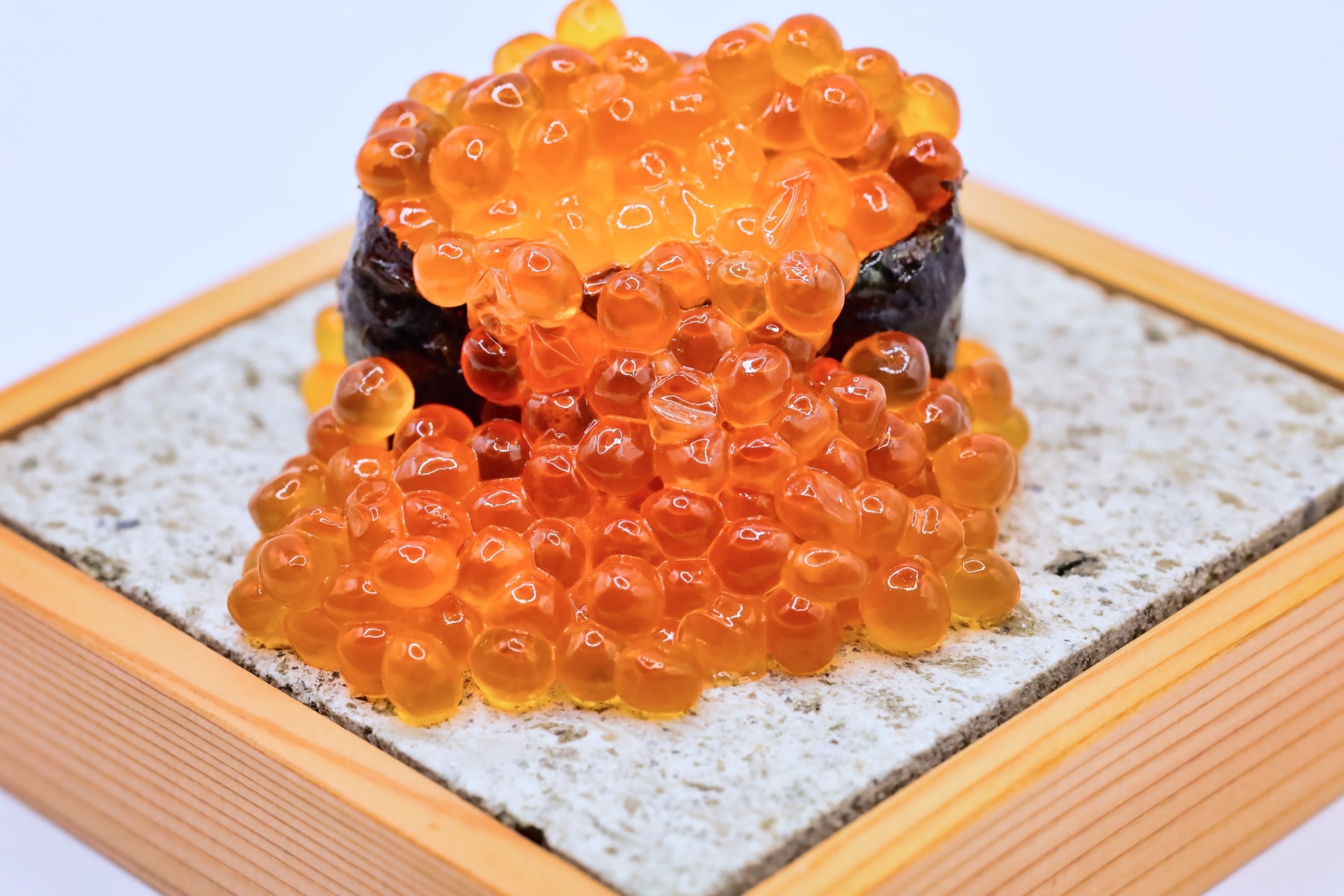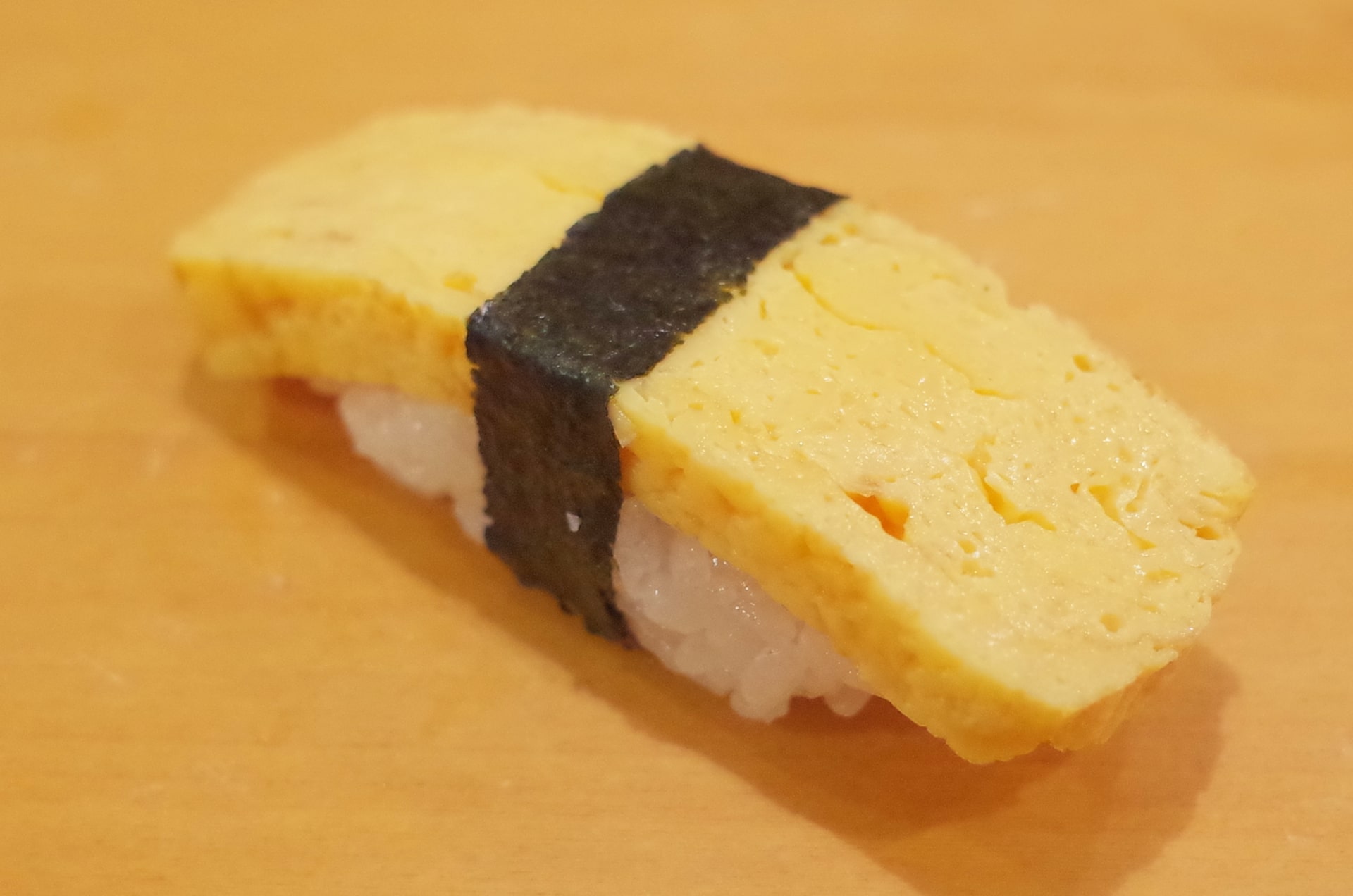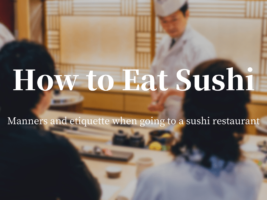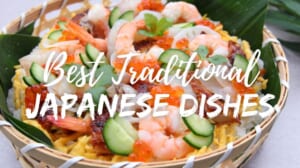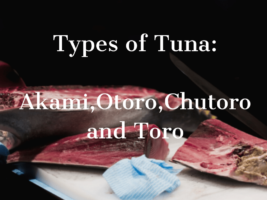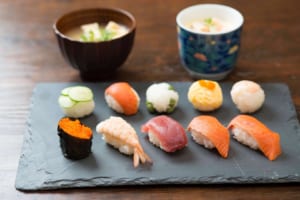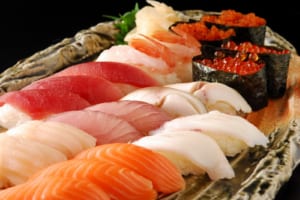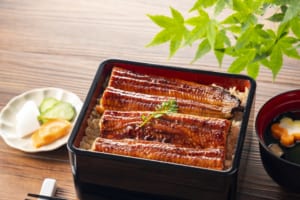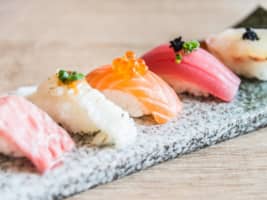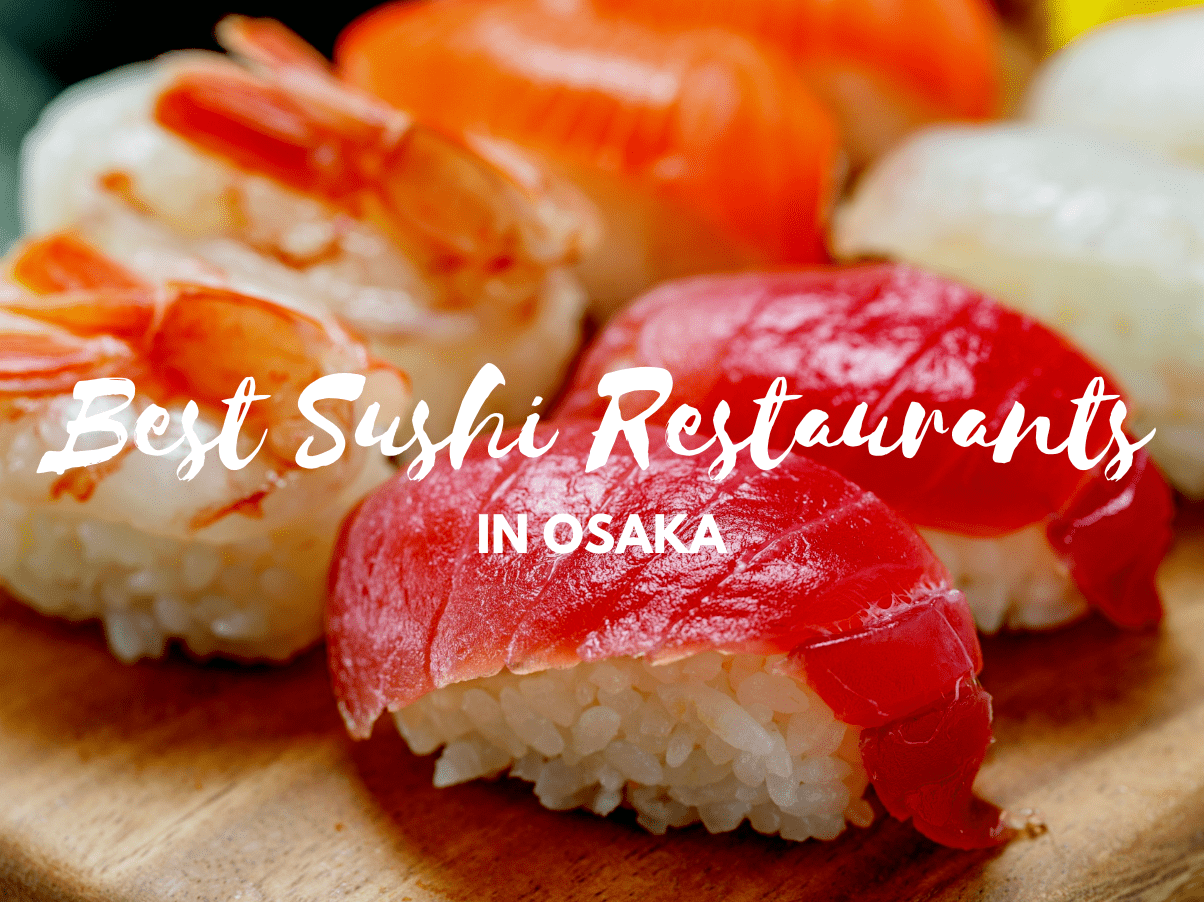What is Sushi?
Learn about Sushi as Japanese culture
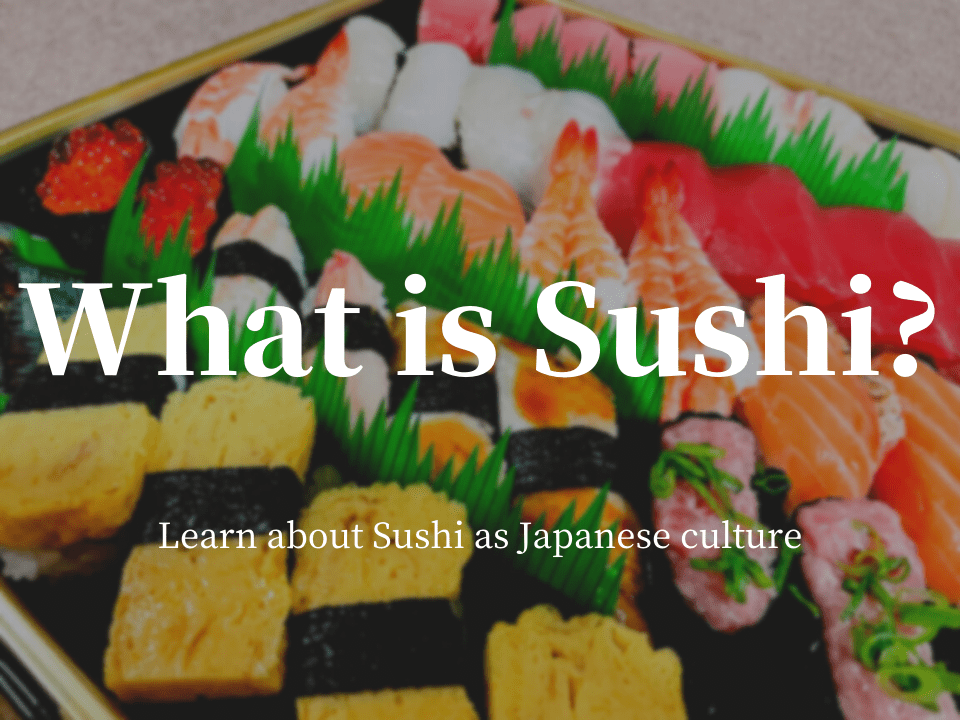
Everyone knows what sushi is. It is arguably the single most famous thing about Japanese culture. If you ask anyone to list what they can come up with about Japan, most people will first mention “sushi”.
You will find sushi restaurants not only around Japan but in many places all around the world.
Because of the massive popularity of this traditional Japanese food, many people do have an idea of what it is, how you eat it, and even how it tastes.
However, what many people know and enjoy around the world is mostly “sushi” as a food. This is all good, but if I ask you “how much do you know about sushi as a part of Japanese culture?”, what would you say?
What I would like to do in this article is answer the question “What is sushi?” so that you can have a better idea of sushi as a part of Japanese culture.
1. What is Sushi?
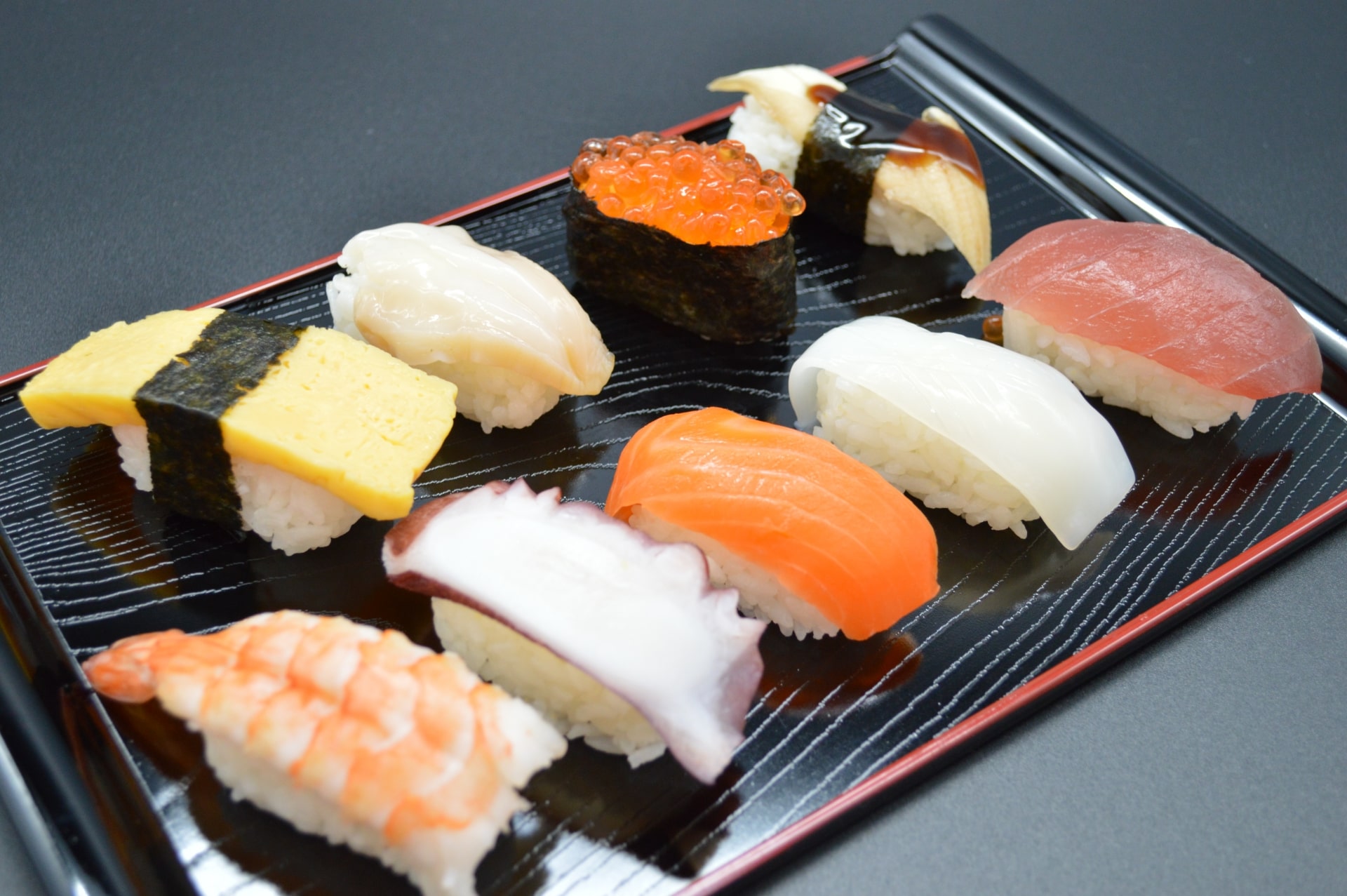
Being such a popular food, you might have an idea of what sushi is. However, just to be completely sure, let’s make clear the definition of “sushi”.
Sushi consists of two parts; the Shari (シャリ) and the Neta (ネタ). Shari is the rice part, and Neta is the topping.
The rice used for Shari is usually made of a mixture of Japanese rice with vinegar, salt, and sugar. This mixture was originally invented to prevent the raw fish from going bad. I’ll explain more about it later on.
When you think of the toppings in sushi, most people will imagine raw fish, and usually, this is true. However, there are many other kinds of Neta such as boiled or cooked fish, vegetables, meat, and eggs. We will also discuss the different sushi neta later on.
2. History of Sushi

Sushi has a history of over 1,200 years and its roots are said to come from Southeast Asia.
In order to preserve fish, people would put the fish inside a mixture of rice and salt to ferment. This method came to Japan during the Nara period (8th century), and from there it started to evolve with time.
At first, people would only eat the fish without the rice. Also, this was a dish mostly available for the upper-class people.
Then, during the Muromachi period (14th to 16th century) is when people began to eat both fish with rice together. After that, during the Edo period (17th to 19th century) is when sushi started to become popular amongst the general population. Here is when people started to use vinegar in the rice instead of letting it ferment.
At the beginning of the Meiji period (late 19th century), Ice making machines started to become a thing. With that, preservation of fish became much easier, making it possible to use raw fish (sashimi) as a topping. This is when the sushi that we all know now became a reality.
Regarding the international popularization, in the early 20th century, during one of the “National Cherry Blossom Festival” held in Washington, D.C., a group of Japanese brought professional sushi masters along with sushi-related books translated into English. Their purpose was to show the world this unique Japanese cuisine.
And as they say, the rest is history.
▽Dig the history of sushi deeper!▽
3. Types of Sushi
Now that we know what is sushi and its history, now let’s see what types of sushi are there.
When you imagine how sushi looks like, you might imagine either the raw fish slice on top of the rice ball, or the fish and rice wrapped around seaweed. However, these are just two of the many types of sushi that exist.
You should know that there are actually other various types of sushi. You may be aware of some of these, but there might be one or two types you haven’t heard of.
Nigiri sushi (握り寿司)
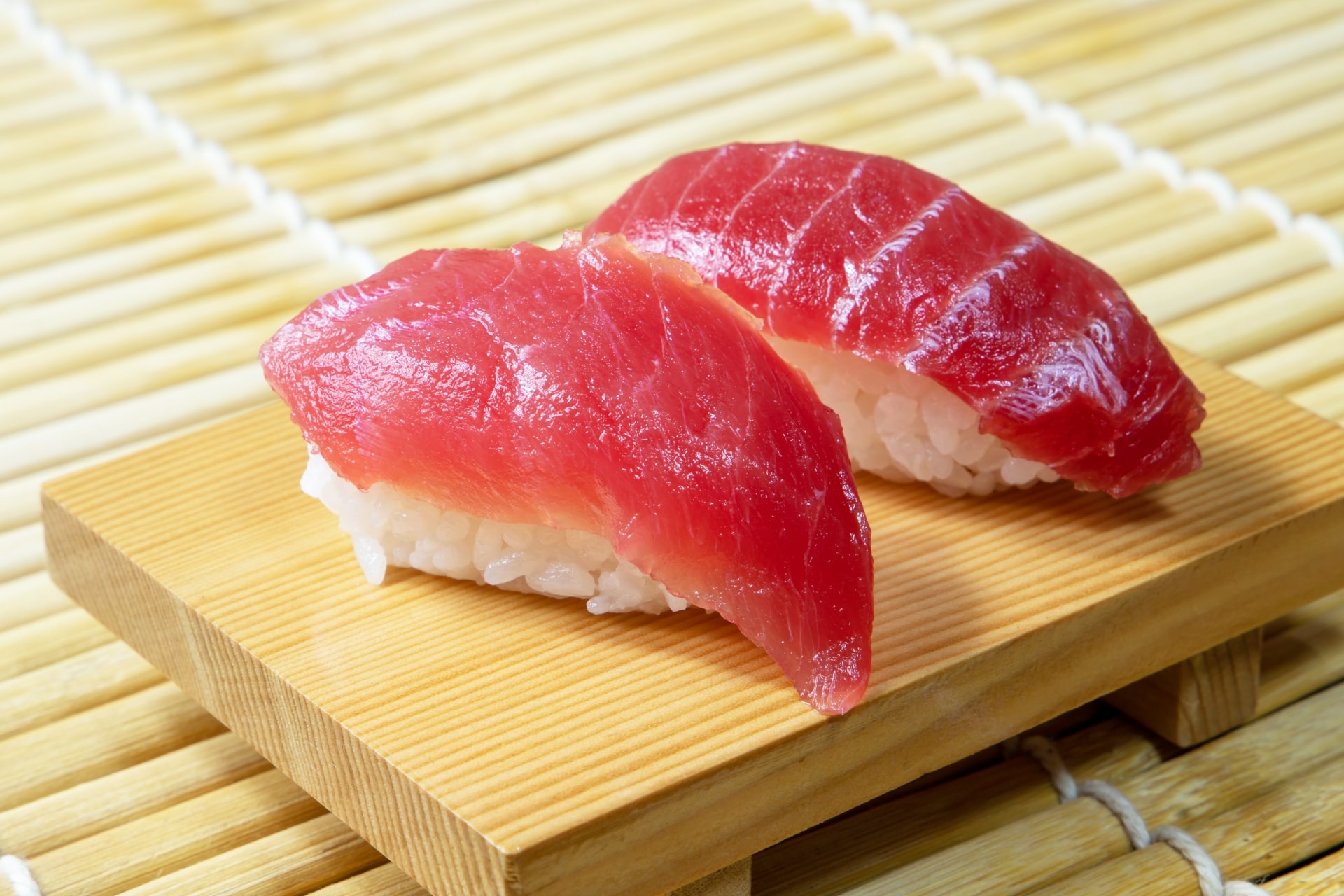
The most common style of sushi. It simply consists of the Neta on top of the small rice ball. In some places, this type of sushi is also referred to as “Azuma sushi”.
Maki sushi (巻き寿司)
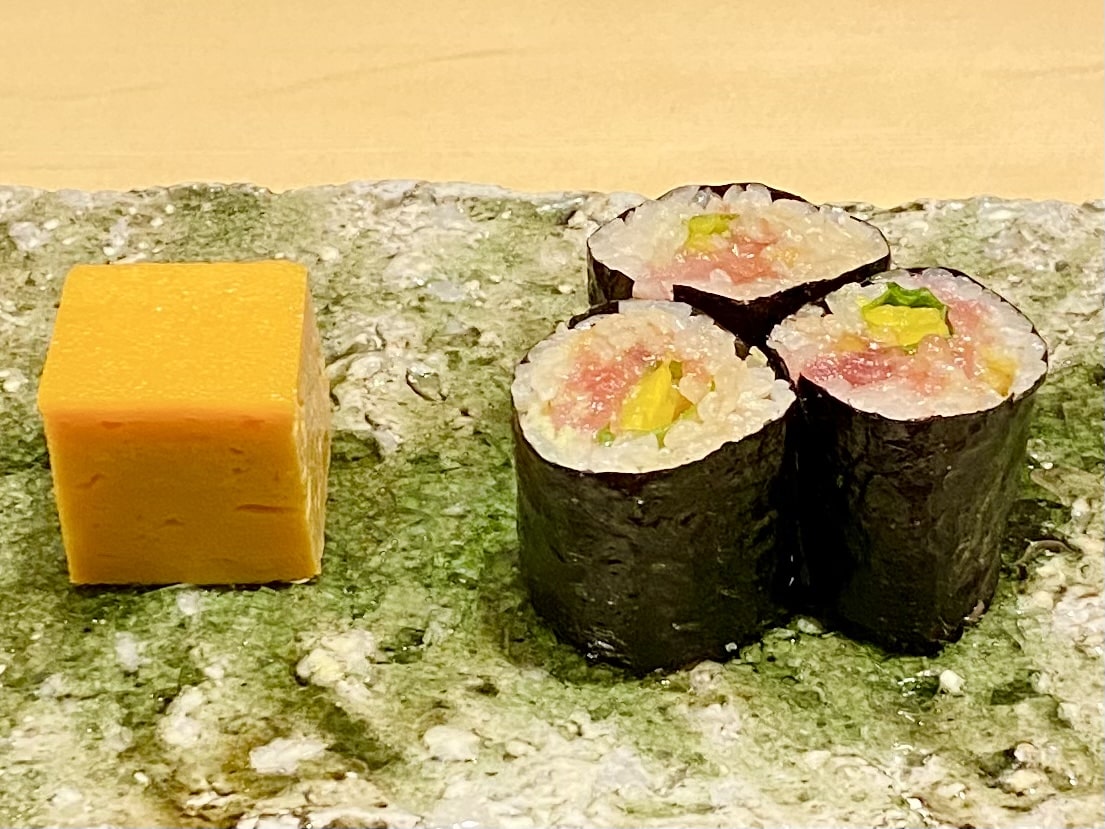
The rice and fillings are wrapped in seaweed or kelp. This type of sushi is also referred to as “Makimono”. There is also “Uramaki”, which is the fillings and seaweed wrapped in rice.
Oshi sushi (押し寿司)
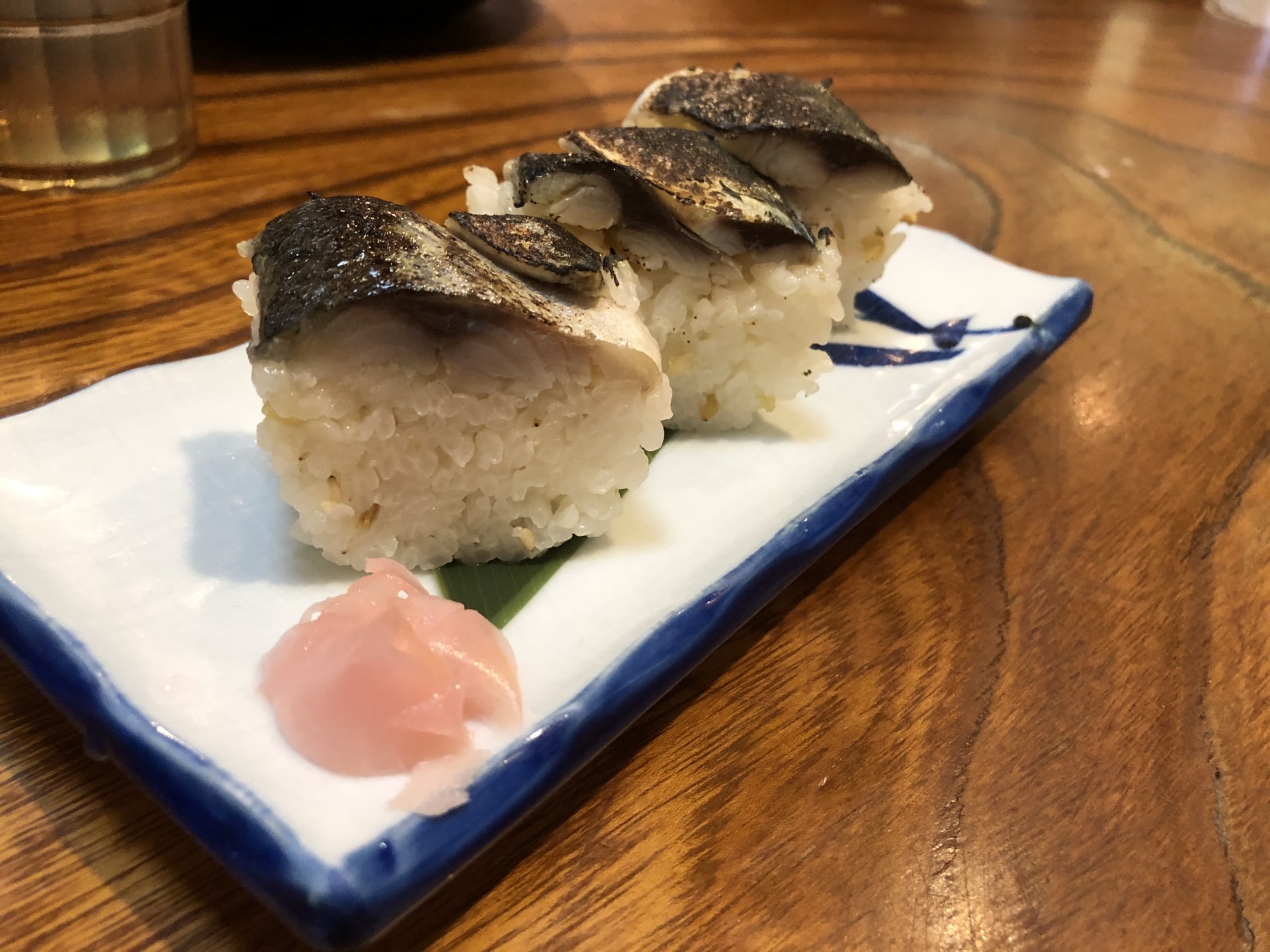
It is a type of sushi prepared by placing the rice and the Neta in a square mold called “Oshibako” and then pressed to make it compact. It is a lesser-known type, but still delicious!
Chirashi sushi (ちらし寿司)
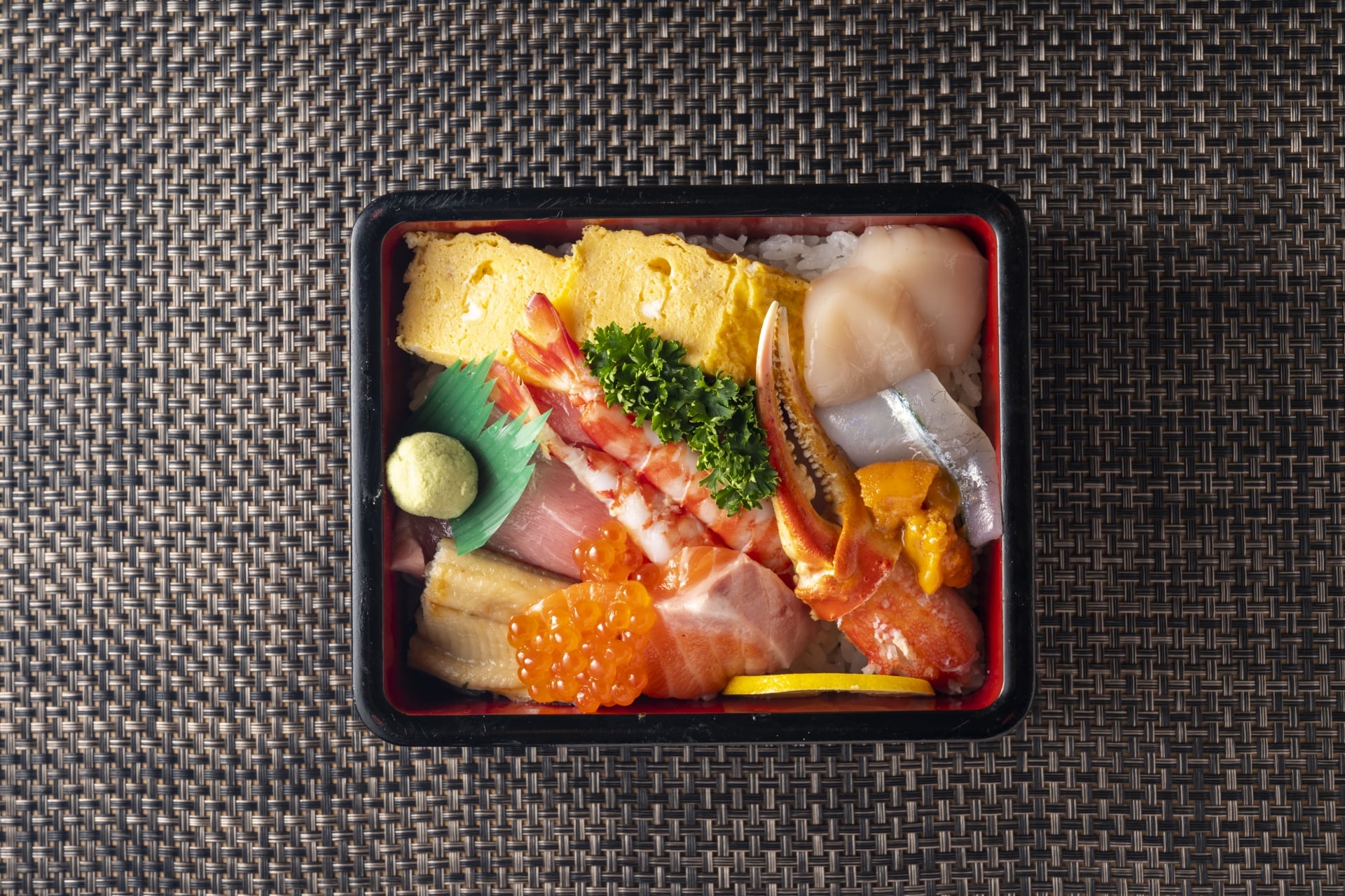
Rather than having individual bite-sized pieces, this type of sushi is different. The rice is served in a bowl or other container, and a variety of toppings are placed in a way that looks colorful and pretty.
Inari sushi (いなり寿司)
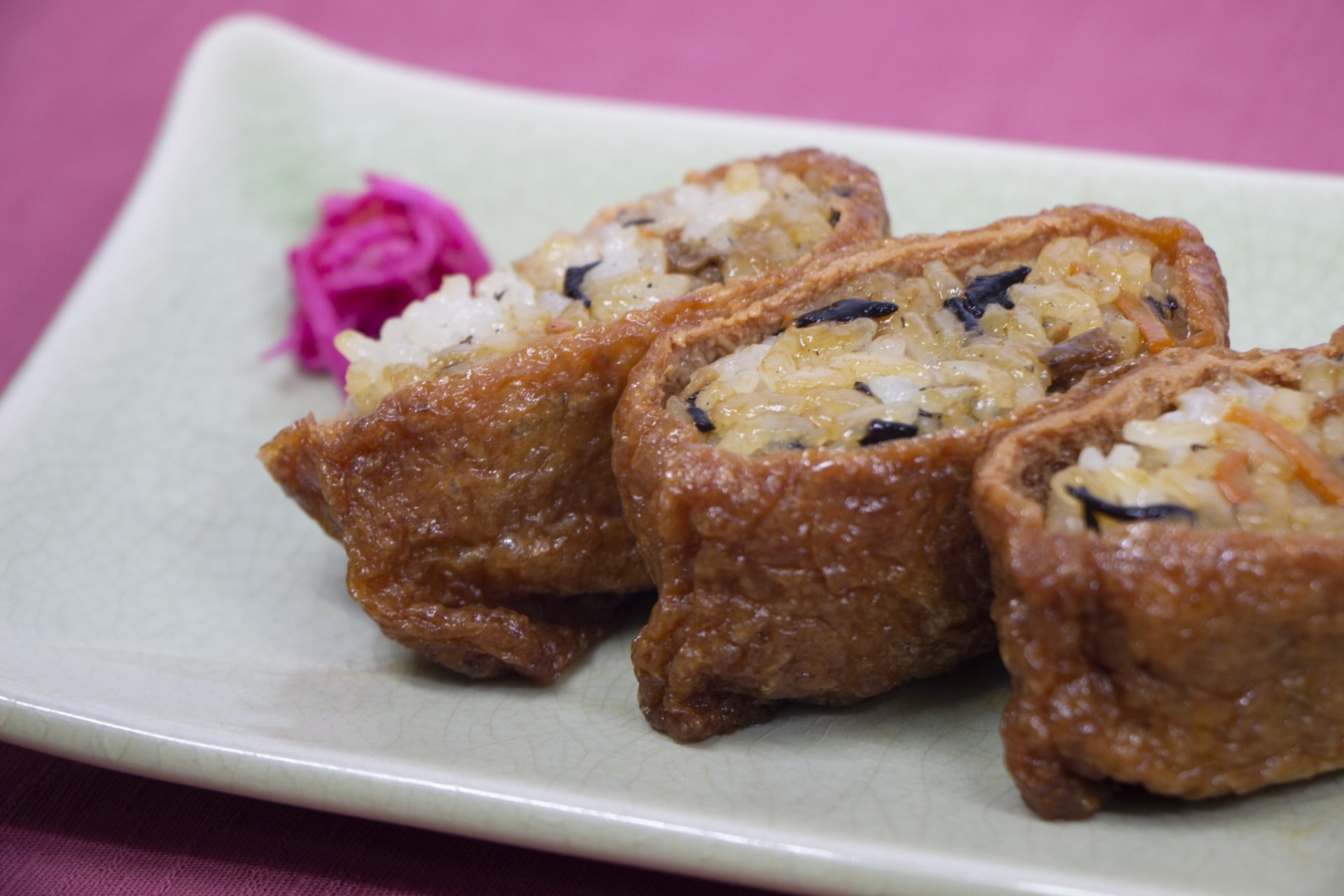
This type of sushi is made by filling in an Abura-age (油揚げ) with sushi rice. Abura-age is flavored, fried tofu shaped like a pocket so that you can fill it with rice.
Temaki sushi (手巻き寿司)
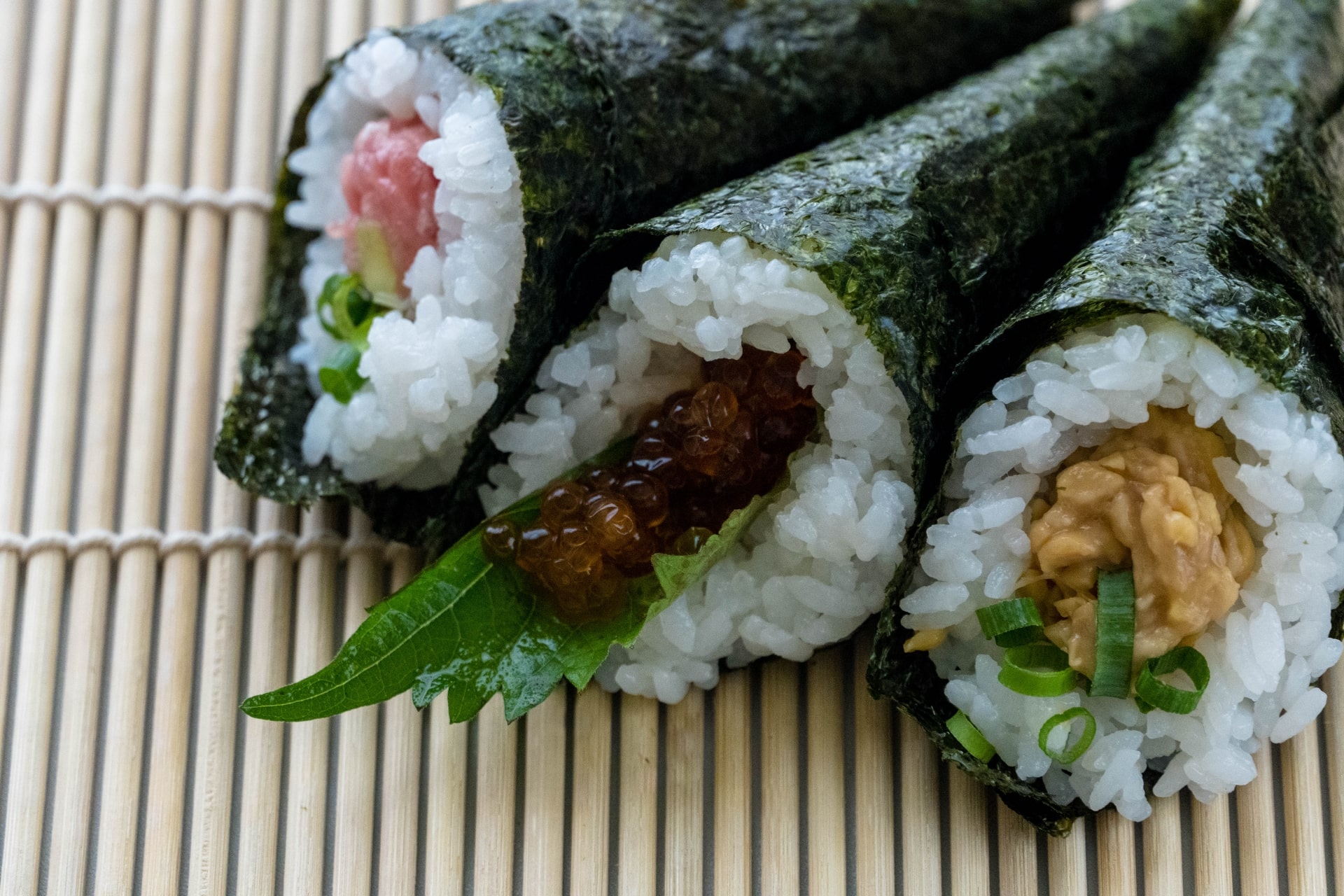
Although similar to the previous “Maki sushi”, this type of sushi is also prepared by wrapping the rice and filling using seaweed, but the seaweed is wrapped in a cone shape.
Gunkan (軍艦)
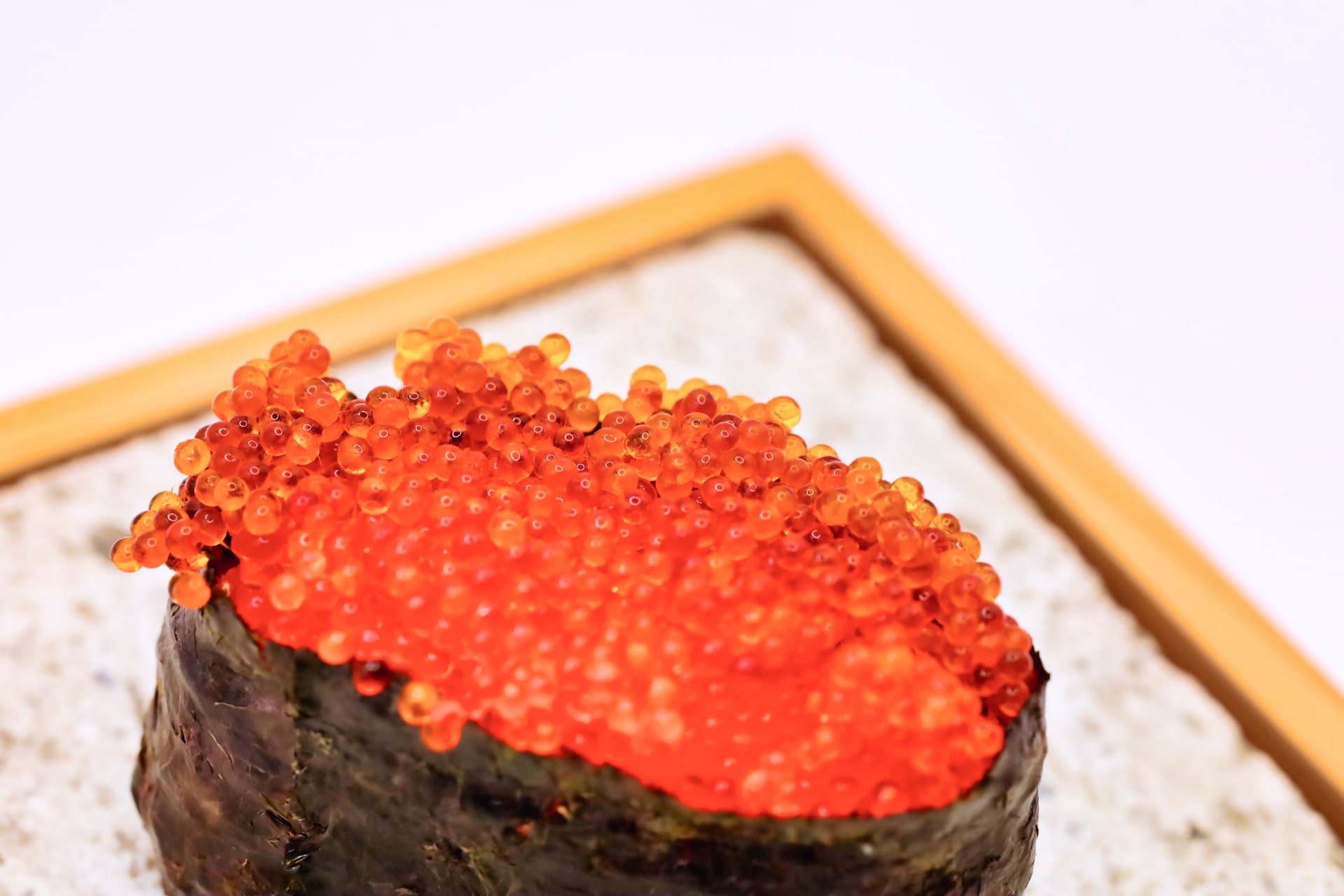
Usually used for non-solid toppings such as Salmon roe or Sea urchin. The rice is wrapped in seaweed but leaves space on top so that the topping can be placed without dripping out.
If you search, you will find more types of sushi, but these are the most common styles. Besides having different types, there are also small differences depending on the region such as the topping variety, topping size, the soy sauce that’s used, etc.
4. Sushi Rice
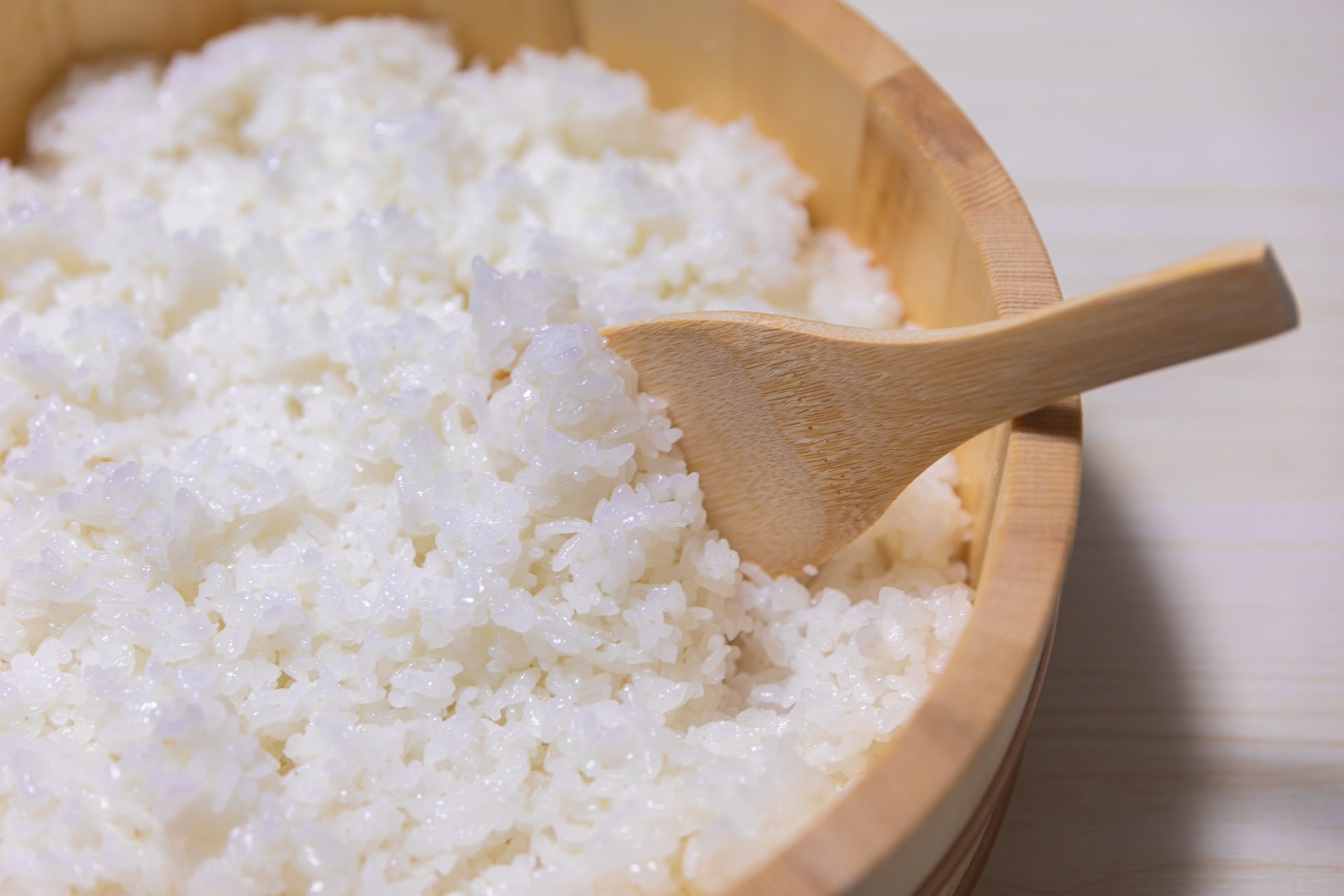
As I mentioned before, sushi rice consists of a mixture of Japanese rice with vinegar, salt, and sugar. This sushi rice is called Sumeshi (酢飯), and when this is shaped in the small rice-ball, it is called Shari (シャリ).
The type of rice used is Japanese rice, also known as Japonica. One of the most noticeable characteristics of this rice is that it has a slightly sticky texture which makes it perfect to shape into small bite-size balls.
Preparing the sumeshi is one of the most important parts of being a sushi shokunin (sushi master). So much so that it is said it usually takes 3 years of training in order to be able to prepare this rice correctly.
5. Sushi Toppings
Now let’s talk about the most exciting part, sushi toppings! As you can imagine, there are almost as many sushi toppings as there are types of fish. However, when it comes to popular toppings, there are a few that can be found in almost any sushi restaurant.
Sushi toppings, also known as Neta, can be divided into 5 types: Namamono (生物), Kai (貝), Hikarimono (光り物), Nimono (煮物), and Others.
Namamono (生物)
Namamono refers to most raw fish. This category could be divided into other subtypes, but I won’t get into too much detail here.
Some of the most popular Namamono sushi include the following:
- Maguro (まぐろ): Tuna
- Sake (鮭): Salmon
- Ika (いか): Squid
Kai (貝)
Kai refers to sushi toppings that consist of Shellfish. You might think there aren’t that many types of shellfish species, but you will be surprised.
Some of the most popular Kai sushi include the following:
- Hotate (ほたて): Scallops
- Akagai (赤貝): Ark-shell
- Kaki (かき): Oyster
Hikarimono (光り物)
Hikarimono refers to fish that specifically have blue backs and white bellies. These sushi tend to be served with the shiny skin left on the Neta, which is where the name Hikarimono (literally means “shiny thing”) comes from.
Some of the most popular Hikarimono sushi include the following:
- Saba (鯖): Mackerel
- Sanma (さんま): Pacific Saury
- Kohada (小肌): Gizzard shad
Nimono (煮物)
Nimono literally means “Boiled food”. Some of the toppings are preferred to be boiled rather than being served raw. However, there are also some toppings that can be served either raw or boiled such as shrimp and octopus.
Some of the most popular Nimono sushi include the following:
- Anago (穴子): Conger eel
- Ebi (えび): Shrimp
- Kani (かに): Crab
Others
Here is where all the other sushi toppings are categorized. It includes fish eggs, regular egg rolls, and vegetable toppings.
Some of the most popular sushi in this category include the following:
- Uni (うに): Sea urchin
- Ikura (いくら): Salmon roe
- Tamagoyaki (たまご焼き): Egg roll
▽For the first timer, this introduces 10 most recommended sushi toppings!▽
6. How to Eat Sushi
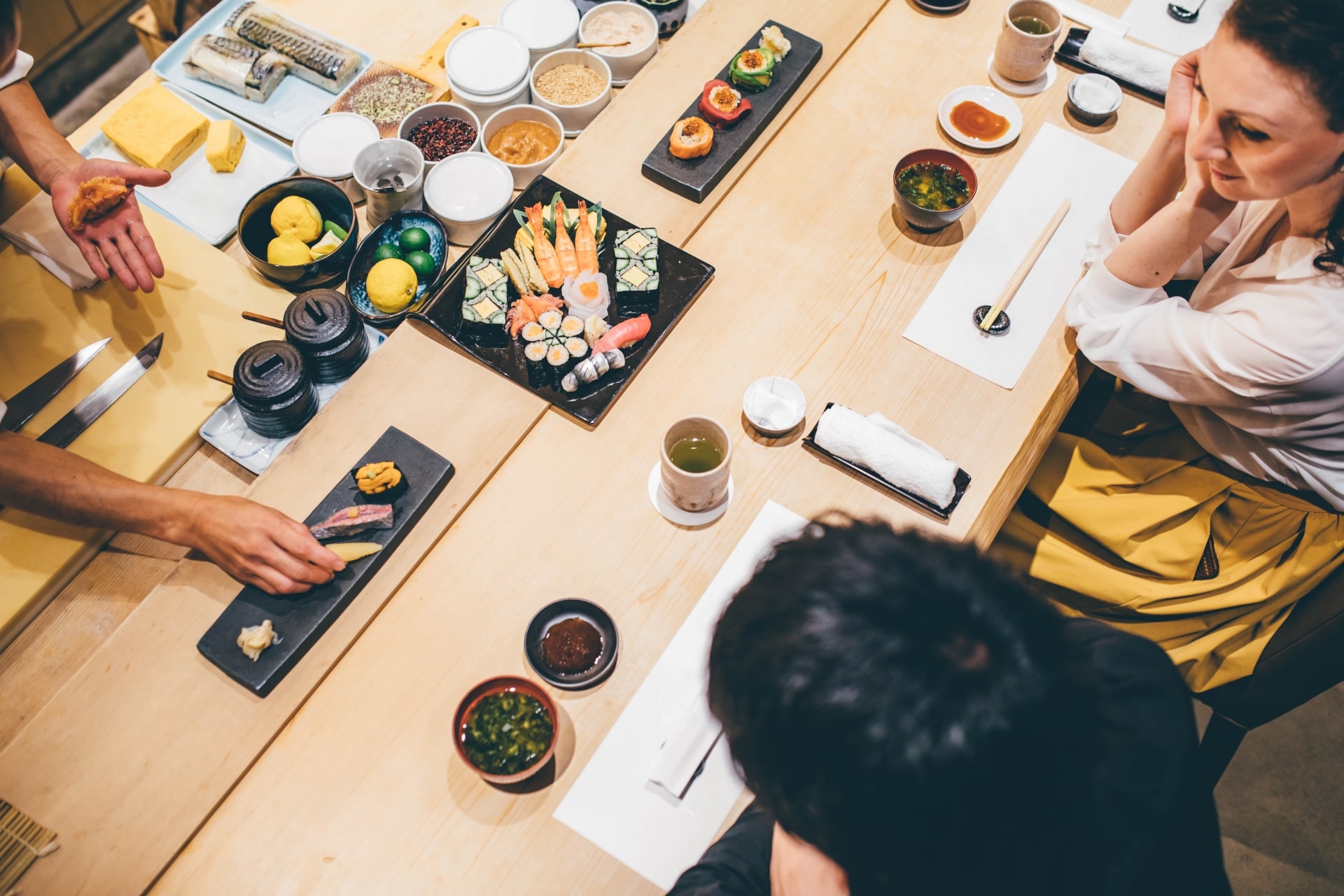
As I explained in the History part of this article, sushi has changed its form a lot with time, and with that, the way that sushi is eaten has changed as well.
It is also important to know that the way you eat sushi, manners, and etiquette can vary depending on the type of restaurant. However, there are basic rules that will apply to any sushi restaurant that you decide to go to, and these are the ones I will introduce to you.
Things you can do
- You can eat the sushi with either your hands or using chopsticks. However, always use the chopsticks when going for the sliced ginger.
- If you don’t like the taste of wasabi, it’s not rude to ask for sushi without wasabi.
- You can eat the sushi in whatever order you like. However, in an assort, you should know that the sushi is placed in a way that the sushi master suggests is most enjoyable to eat from left to right.
Things you shouldn’t do
- Be sure to not wear too much perfume or cologne when going to a sushi restaurant (or any traditional Japanese restaurant). This is because it is important that you can identify and enjoy the scent of the ingredients.
- When sitting at the counter, be sure to take off any accessories such as rings, bracelets, and watches.
- Don’t separate the topping from the rice, and be sure to eat every sushi piece in one bite. If you think the sushi pieces are too big for you to eat in one bite, it is ok to ask for smaller portions.
▽Learn all about how to eat sushi with this perfect guide below!▽
7. Sushi Restaurants
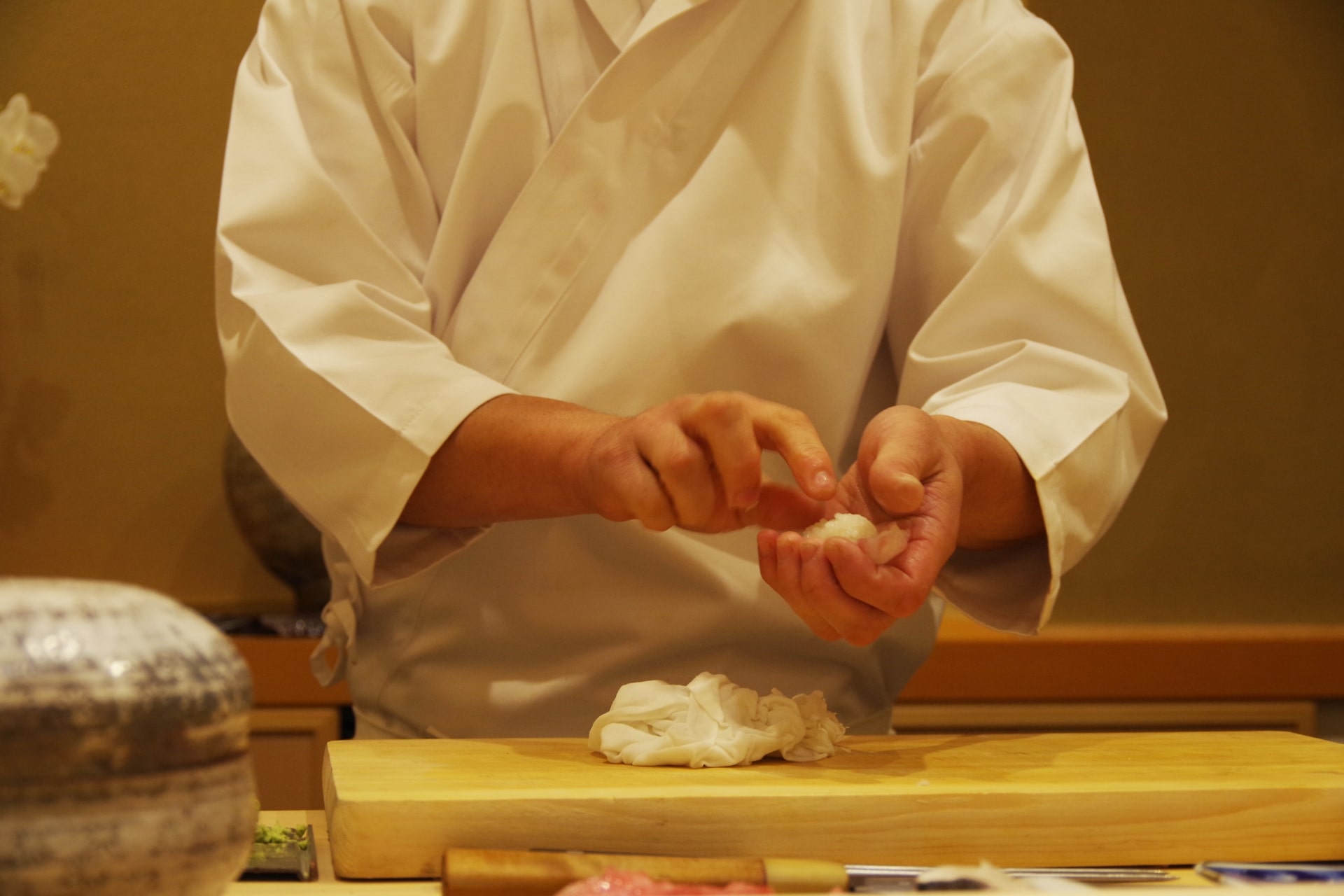
Now let’s talk about the most important thing. What ways are there for you to eat sushi?
Being such a popular food, there are many ways you can enjoy sushi in Japan. Here are some of the ways you can enjoy sushi when you’re in Japan.
- Traditional Sushi Restaurant: If you come to visit Japan, you definitely should go to a traditional sushi restaurant at least once. Sitting at the counter and being attended by the sushi shokunin (sushi master) is an experience you can only have in Japan.
▷ 5 Top-Rated Sushi Restaurants in Tokyo
- Sushi Catering: There are some sushi restaurants that have this service. Say if you’re organizing a party and want to have a sushi master prepare the sushi in front of the guests, this is possible in some cases.
- Conveyor Belt Sushi Restaurant: The popular Kaiten Sushi (回転寿司). This is also a must-have experience when you come to Japan. Compared to traditional sushi restaurants, it has a more relaxed ambient and is preferred among families with children.
- Chain Restaurant (Delivery): There are various sushi restaurants that specialize in sushi delivery. The quality of the sushi widely varies depending on the restaurant, so be sure to check beforehand.
▷ 10 Best Sushi Deliveries in Tokyo
▷ 4 Best 100 yen Sushi Restaurants in Japan
- Supermarket, Convenience Stores: This is the most cost-friendly way of enjoying sushi. The quality might not be as high compared to a sushi restaurant, but the freshness of the toppings (fish) is in almost all cases guaranteed.
- Prepare Yourself: Another thing that you can do is to buy the ingredients such as sushi rice, seaweed, and various toppings, and prepare your own Temaki sushi. It is a fun way to have a meal with friends and family. If you’re in Japan, all these ingredients are easy to find at supermarkets or convenience stores.
▷ 7 Best Sushi Making Classes in Tokyo
8. What is the Difference between Sushi and Sashimi
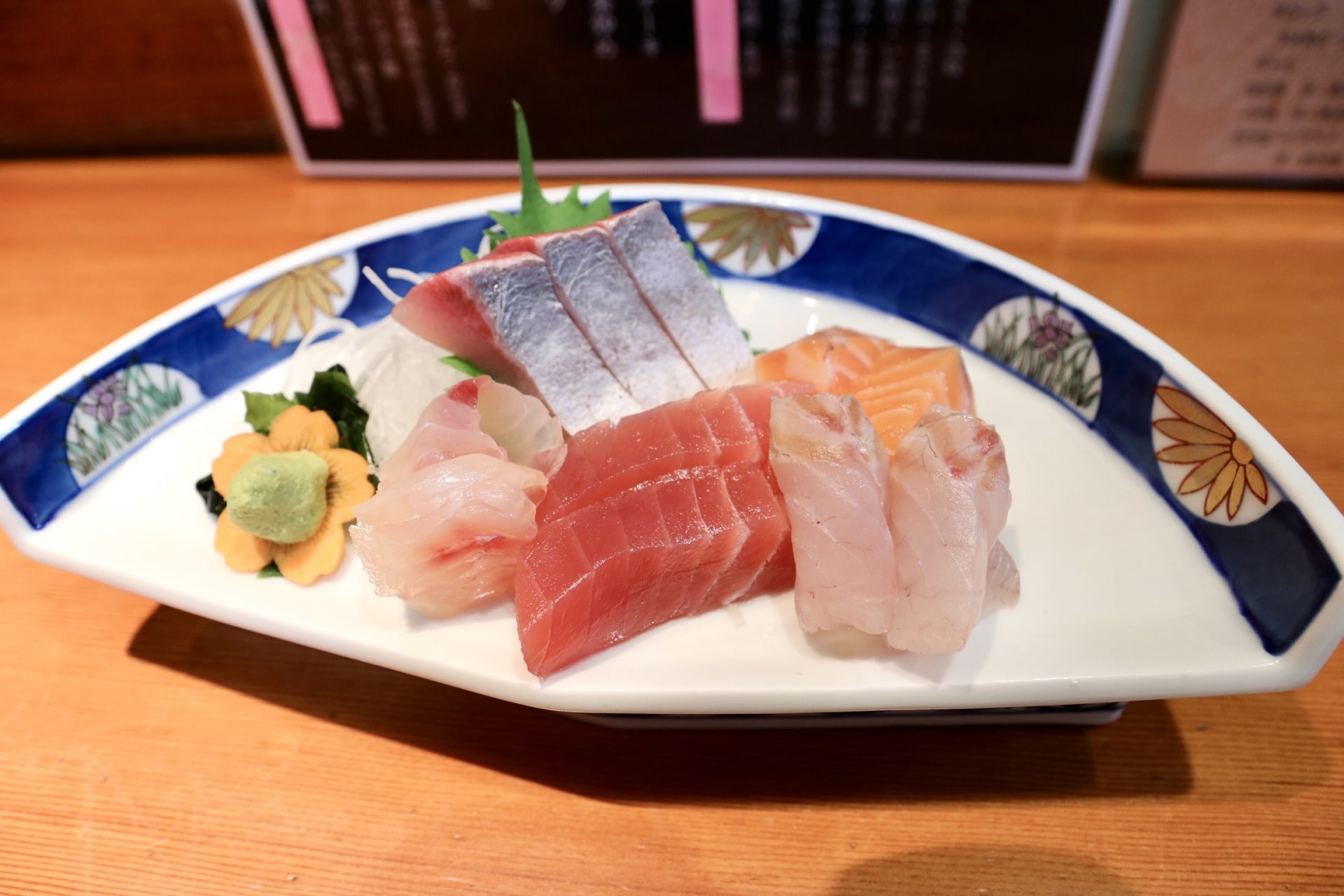
There are some people who confuse sushi with sashimi. But don’t worry, these two are really easy to distinguish.
Sushi, although having many different types, the main ingredients consist of the topping and the rice.
On the other hand, Sashimi does not include rice. Sashimi is, specifically, what you call the raw fish that you eat with soy sauce, wasabi, and ginger.
There is another thing that people get confused about which is Chirashi sushi (ちらし寿司) with Kaisendon (海鮮丼). Both of these consist of a variety of raw fish toppings placed on top of rice. However, there are two main differences.
The first difference is the rice. Chirashi sushi uses sumeshi (sushi rice) while Kaisendon uses regular white rice. The other difference is the container. Chirashi sushi can come in many different containers, as opposed to Kaisendon, which has to be served in a bowl (this is because “don” means bowl).
I hope you enjoyed this article to know what is sushi.
Although many know what sushi is as a food, I think it’s important to know what sushi is as part of Japanese culture. And I hope this article was able to show you a little bit of that side of sushi.
▽Here is the complete guide to learn Best Traditional Japanese Dishes!▽
If you want to know more about sushi, be sure to check out the following articles as well!
▽Related Articles▽
▼Editor’s Picks▼
Written by
Born and raised in Costa Rica, I started living in Tokyo from college. I love traveling within Japan & around the world. Since I wasn’t born in Japan, I know the cultural impact that you can get when visiting Japan for the first time and what you might be worried about before your trip. And I’ve lived long enough to somewhat understand the nuances of the Japanese culture that make this country such an attractive place to visit. Hopefully I can provide to you both the information you’re looking for and the information you didn’t know you needed to know.





